What constitutes a ‘document’ and how does it function?
According to the Oxford English Dictionary, the etymological origin is the Latin ‘documentum’, meaning ‘lesson, proof, instance, specimen’. As a verb, it is ‘to prove or support (something) by documentary evidence’, and ‘to provide with documents’. The online version of the OED includes a draft addition, whereby a document (as a noun) is ‘a collection of data in digital form that is considered a single item and typically has a unique filename by which it can be stored, retrieved, or transmitted (as a file, a spreadsheet, or a graphic)’. The current use of the noun ‘document’ is defined as ‘something written, inscribed, etc., which furnishes evidence or information upon any subject, as a manuscript, title-deed, tomb-stone, coin, picture, etc.’ (emphasis added).
Both ‘something’ and that first ‘etc.’ leave ample room for discussion. A document doubts whether it functions as something unique, or as something reproducible. A passport is a document, but a flyer equally so. Moreover, there is a circular reasoning: to document is ‘to provide with documents’. Defining (the functioning of) a document most likely involves ideas of communication, information, evidence, inscriptions, and implies notions of objectivity and neutrality – but the document is neither reducible to one of them, nor is it equal to their sum. It is hard to pinpoint it, as it disperses into and is affected by other fields: it is intrinsically tied to the history of media and to important currents in literature, photography and art; it is linked to epistemic and power structures. However ubiquitous it is, as an often tangible thing in our environment, and as a concept, a document deranges.
the-documents.org continuously gathers documents and provides them with a short textual description, explanation,
or digression, written by multiple authors. In Paper Knowledge, Lisa Gitelman paraphrases ‘documentalist’ Suzanne Briet, stating that ‘an antelope running wild would not be a document, but an antelope taken into a zoo would be one, presumably because it would then be framed – or reframed – as an example, specimen, or instance’. The gathered files are all documents – if they weren’t before publication, they now are. That is what the-documents.org, irreversibly, does. It is a zoo turning an antelope into an ‘antelope’.
As you made your way through the collection,
the-documents.org tracked the entries you viewed.
It documented your path through the website.
As such, the time spent on the-documents.org turned
into this – a new document.
This document was compiled by ____ on 03.06.2023 07:09, printed on ____ and contains 76 documents on _ pages.
(https://the-documents.org/log/03-06-2023-5350/)
the-documents.org is a project created and edited by De Cleene De Cleene; design & development by atelier Haegeman Temmerman.
the-documents.org has been online since 23.05.2021.
- De Cleene De Cleene is Michiel De Cleene and Arnout De Cleene. Together they form a research group that focusses on novel ways of approaching the everyday, by artistic means and from a cultural and critical perspective.
www.decleenedecleene.be / info@decleenedecleene.be - This project was made possible with the support of the Flemish Government and KASK & Conservatorium, the school of arts of HOGENT and Howest. It is part of the research project Documenting Objects, financed by the HOGENT Arts Research Fund.
- Briet, S. Qu’est-ce que la documentation? Paris: Edit, 1951.
- Gitelman, L. Paper Knowledge. Toward a Media History of Documents.
Durham/ London: Duke University Press, 2014. - Oxford English Dictionary Online. Accessed on 13.05.2021.

In Walter Benjamin’s The Arcades Project, Convolute Q is dedicated to the panorama. Benjamin writes: ‘Setup of the panoramas: View from a raised platform, surrounded by a balustrade, of surfaces lying round about and beneath. The painting runs along a cylindrical wall approximately a hundred meters long and twenty meters high. The principal panoramas of the great panorama painter Prévost: Paris, Toulon, Rome, Naples, Amsterdam, Tilsit, Wagram, Calais, Antwerp, London, Florence, Jerusalem, Athens. Among his pupils: Daguerre’ (Q1a, 1).
Benjamin, W. The Arcades Project (H. Eiland & K. McLaughlin, trans.). Cambridge/London: The Belknap Press of Harvard University Press, 2002, p. 528.
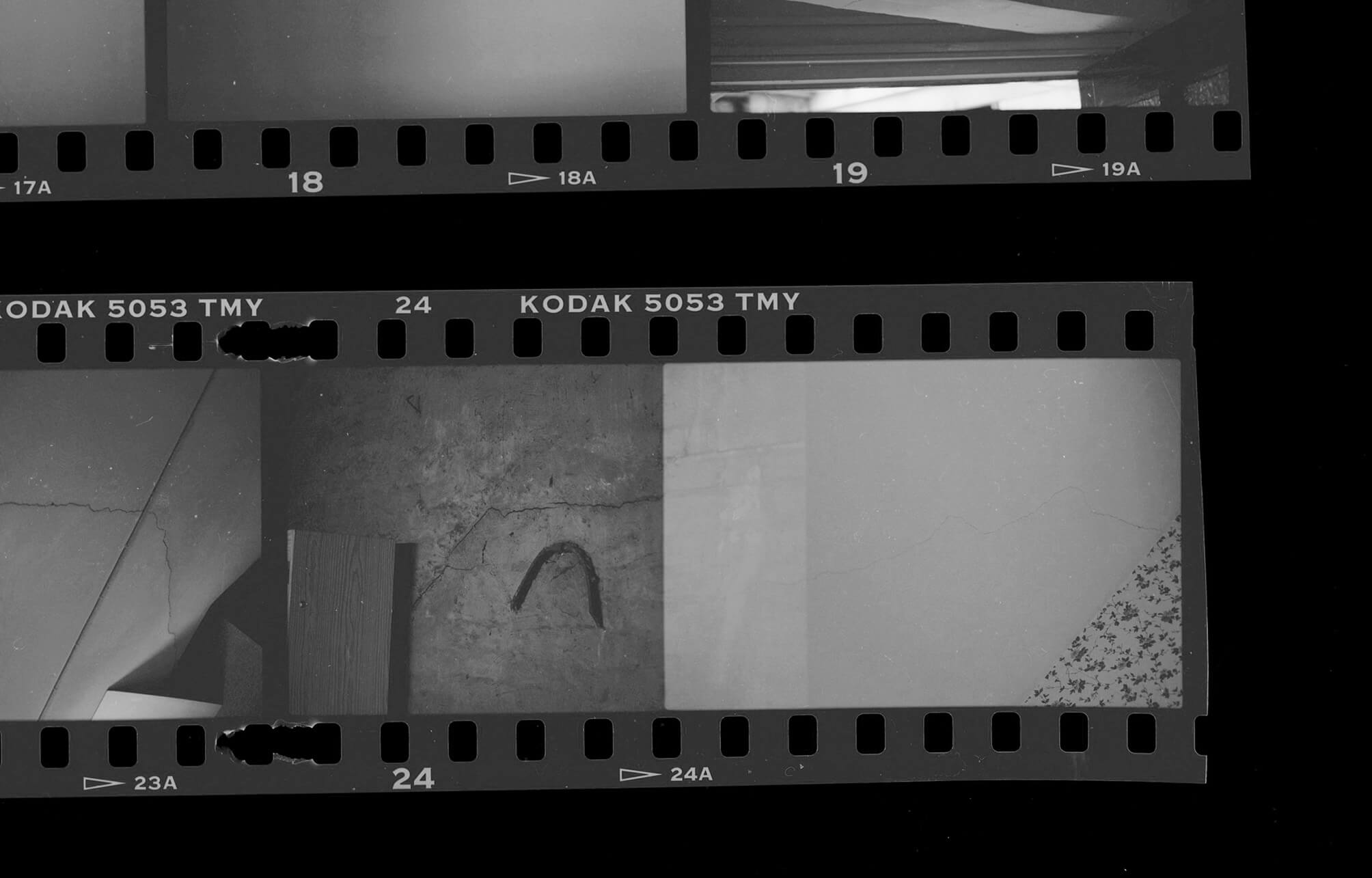
Where once there was twelve million cubic metres of water, excavators and trucks are moving dirt and rocks that have been hidden from sight for 56 years; piling them up into a temporary dam: a batardeau.

On a windy morning in April, I was on a video call with a friend, curator Maziar Afrassiabi. He listened patiently from Rotterdam as I labored over a direction for my research. It concerned a device I installed in his art space, Rib, six months prior, that monitored blackouts across California by scraping real-time data from utility companies. When a county experienced a significant blackout, it would cut Rib’s electricity in kind—causing Rib to inherit and adapt to conditions that shape Californian infrastructure. During its operation, I’d been researching the grid—learning what it is, why it fails, and how communities respond when it does.
We took a short break. Maziar, with tired eyes, stepped away for a smoke. While waiting, I watched the power lines outside my window sway limply in the breeze. In spite of its apparent lifelessness, I’ve always thought of electricity as a psychological force. My mind wandered through a cursory model of the grid, idiosyncratically cloudy and detailed.
Energy simultaneously generated and used, cascading infrastructural operations in a blink. Outlying stations burning, vaporizing, absorbing fuel, spinning vast electromagnetic turbines. Oscillating current. Neighboring transformers boosting volts to kilovolts, compensating for lost energy coursing through long-distance transmission supported by pylons peppered across Menlo Park.
Current flows into enclosed substations. Transformers, insulators, resembling a kind of industrial Watts Towers—though uninhabitable and anonymous by comparison—step voltages back down to levels safe enough for wires traversing the city. They branch out through streets via buried cables or, like the lines outside my window, are strung atop Douglas fir utility poles at roughly 30-meter intervals…curious vestigial markers. I’d read somewhere they were provisionally pitched when Samuel Morse found that telegraph signals wouldn’t transmit through the earth.
Each pole divides vertically into distinct zones, spaced apart for safety. Treacherous high-voltage wires from substations pass along the top, while safer signals—cable internet and landlines—hang nearest to the ground. The high-voltage wires enter through a barrel-shaped pole-mounted transformer. Within, submerged in oil, two tightly wound copper coils magnetically harmonize, delivering 240 and 120 volts to three exiting wires, each connected to the electrical meter attached to the building…
A blackout in my neighborhood cut my thoughts and the meeting short. The sudden silence in my apartment indicated Maziar was also in the dark. I received a text message from him and the utility company.
Mathew Kneebone is an artist based in San Francisco. His interdisciplinary practices takes different forms, all in relation to an interest in electricity and technology. He teaches studio and thesis writing at California College of the Arts.

It’s early spring. The pool is covered with a sheet of plastic. The deciduous trees are just leafing out. A tree stump serves as a placeholder for the diving board’s foot – it was customary to take it indoors for winter – and keeps people from kicking its threaded rods sticking up from the silex tiles that line the pool.
The upper right corner of the plastic frame is missing. It’s probably where the insect – now dead, dry and yellowish – got in. The frame was left behind in the laundry room overlooking the garden, the pool and the pool house. At the time it hadn’t been used for quite a while. Half empty, the water green.
In summer, when the wind dropped, horse-flies came. You could shake them off temporarily by swimming a few meters underwater.

‘The masons in training pour a concrete slab and build four walls upon it in a stretcher bond. Then the block comes to our department and the students in the course Electrical installer (residential) can grind channels and drill cavities in it.’
[…]
‘It’s not always a success from the outset, but they learn quickly.’
[…]
‘Never grind horizontally, always vertically. Diagonally if there is no other way.’
[…]
‘Two fingers wide.’
[…]
‘After this it goes to the sanitary department. After the bell drilling, the demolition hammer follows and the masons make us a new block.’
Competentiecentrum VDAB, Wondelgem, July 2019.
First published in A+ Architecture in Belgium, A+ 279, Schools (August, September 2019), https://www.a-plus.be/nl/tijdschrift/schools
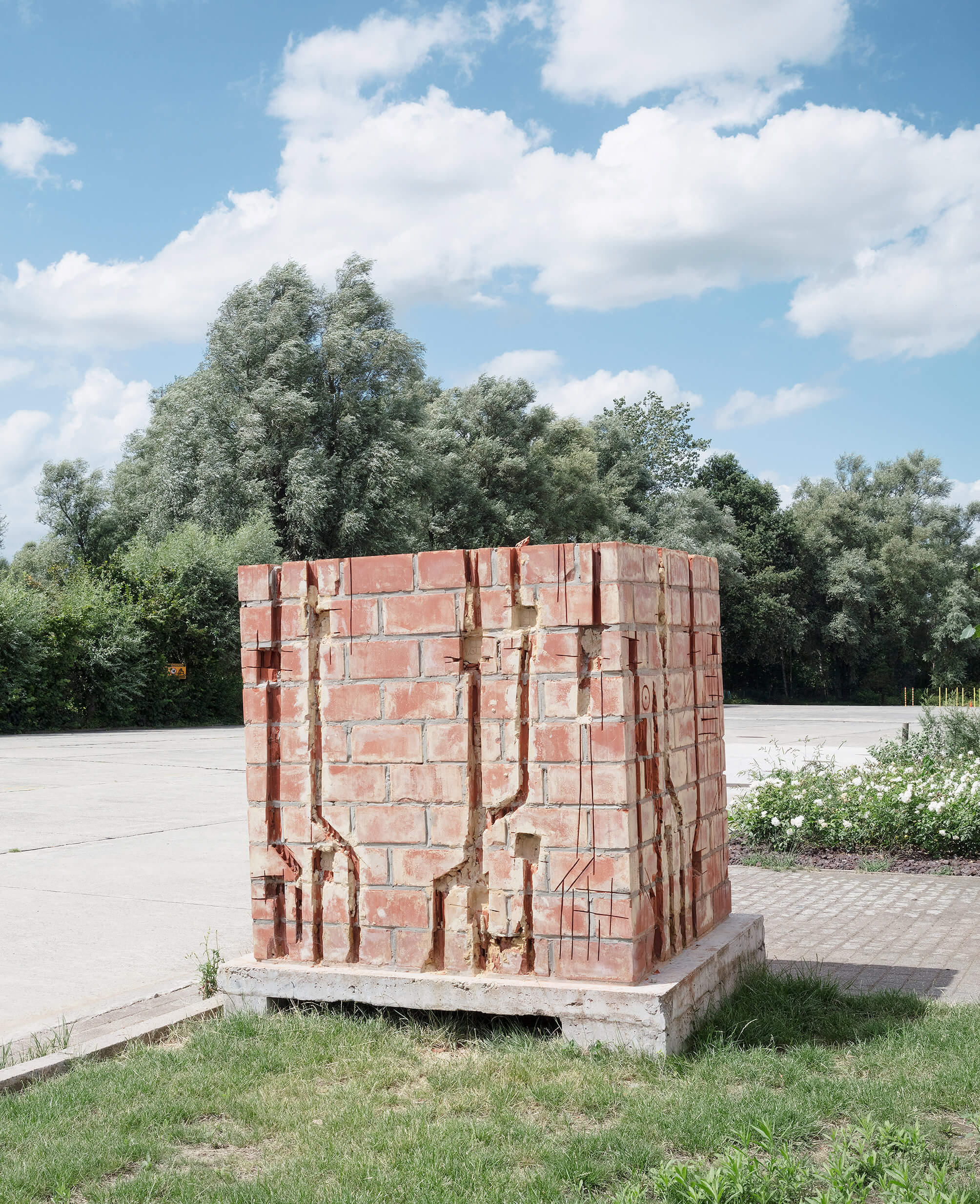
In 2020, the print versions of the Flemish telephone books ‘Gouden Gids’ and ‘Witte Gids’ (The Golden Guide and The White Guide), were published for the last time. From that year onwards, the directory could only be accessed and consulted online. The effect of the production of print telephone directories on the environment is considered to be enormous. As yearly updated, ubiquitous books, they were publications that soon turned superfluous. They led to piles of waste.
From the beginning of the 21st century on, both the print version and the online version had been available. This was a period of medium transition. During the last two decades, the print directory increasingly referred to the websites of the companies listed. To search for e.g. someone to inspect the heating installation, it was possible to find such a company’s website via the print directory, and consult the inspector’s services and price online, bypassing search engines such as Google and its complex algorithms. The telephone directory had a thematic and alphabetical order, combined with the possibility to buy additional advertising space.
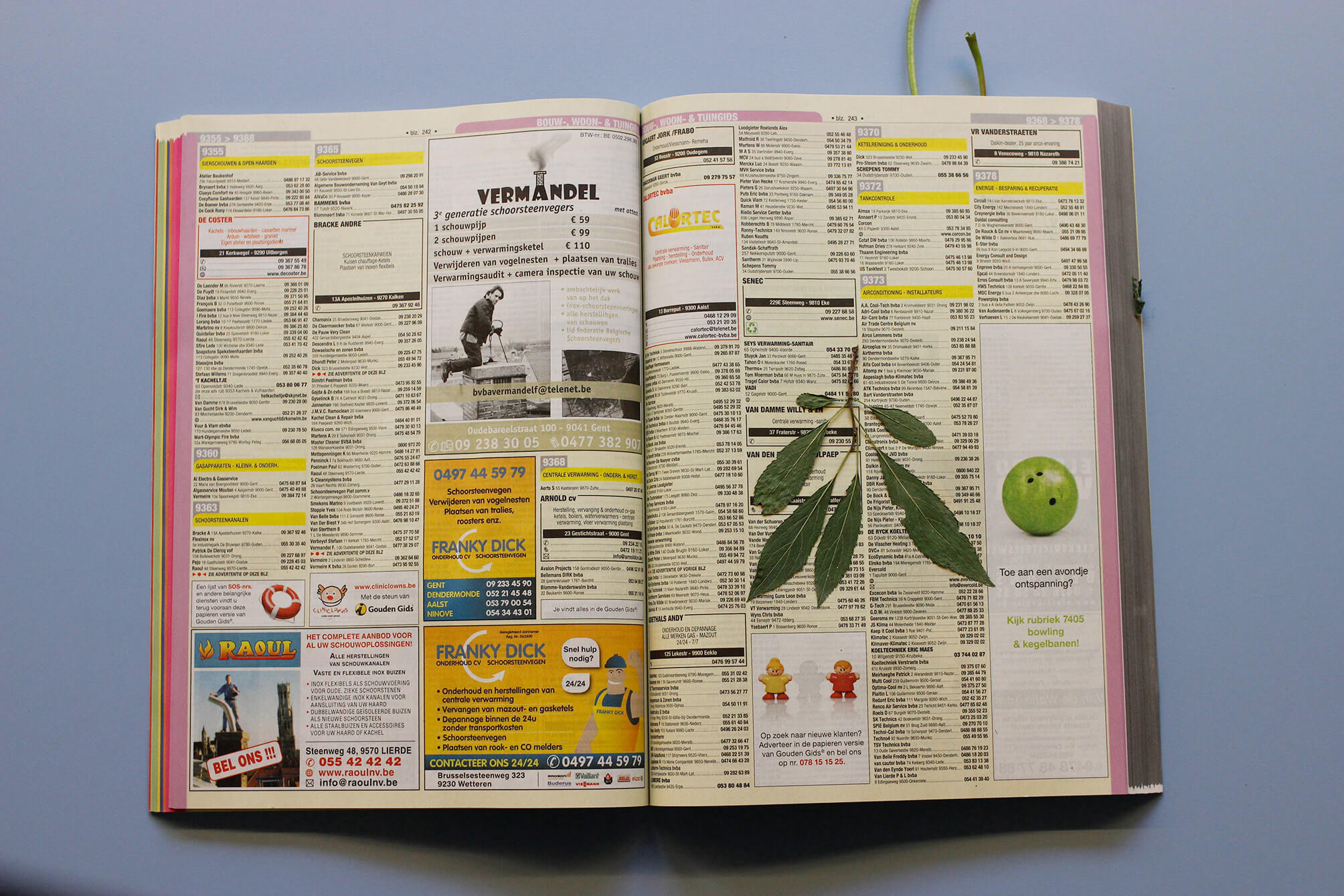
Because an acquaintance of the family was a missionary, the postage stamp collection had a large quantity of stamps from the Philippines. You had to boil water, hold the empty envelope above it, wait until the glue and the missionary’s saliva loosened and evaporated, and then gently peel off the stamp. Then, it was put on a piece of pink blotting paper. Once dry, the stamp was slid into a tailor-made booklet.
Between a Horta building’s facade and King Baudouin’s portrait, there are exotic fish, religious scenes, butterflies, and advertisements for NGOs.
Mango is the Philippines’ national fruit. Pope John Paul II visited it in 1995. There was a guerrilla unit in Northwest Pampanga during WWII.
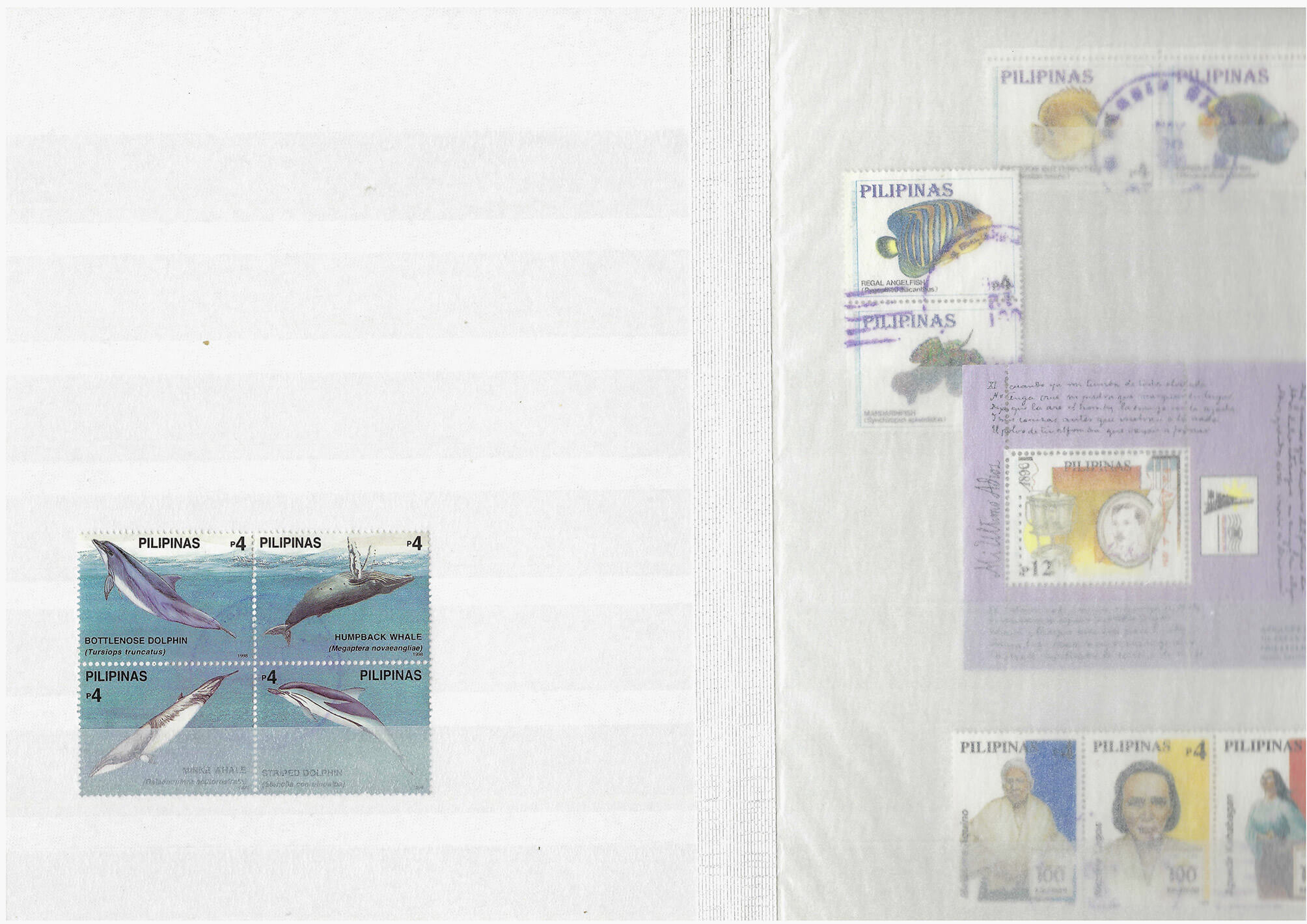
‘My backyard is oriented perfectly, I can see the entire southern sky without obstructions.
In two years, they will start building an apartment block, though, two floors high with a roof on top. The height is not a problem, but of course it does mean heat and potential turbulence. I just hope they will be well insulated.
This is what I like doing. I have never been interested in remote observations.1 In my backyard. I hear the geese flying overhead at night. An owl. The silence. I want to be near.’
In the photograph John Sussenbach is manipulating the telescope’s focus slightly during the recording.
To make better images, astrophotographers can rent time on a ‘remote observatory’: a fully equipped observatory located in a less light-polluted region and with a more stable atmosphere than the one the average amateur astronomer lives in. A command given from a computer directs a massive telescope in Chile towards a desired spot.
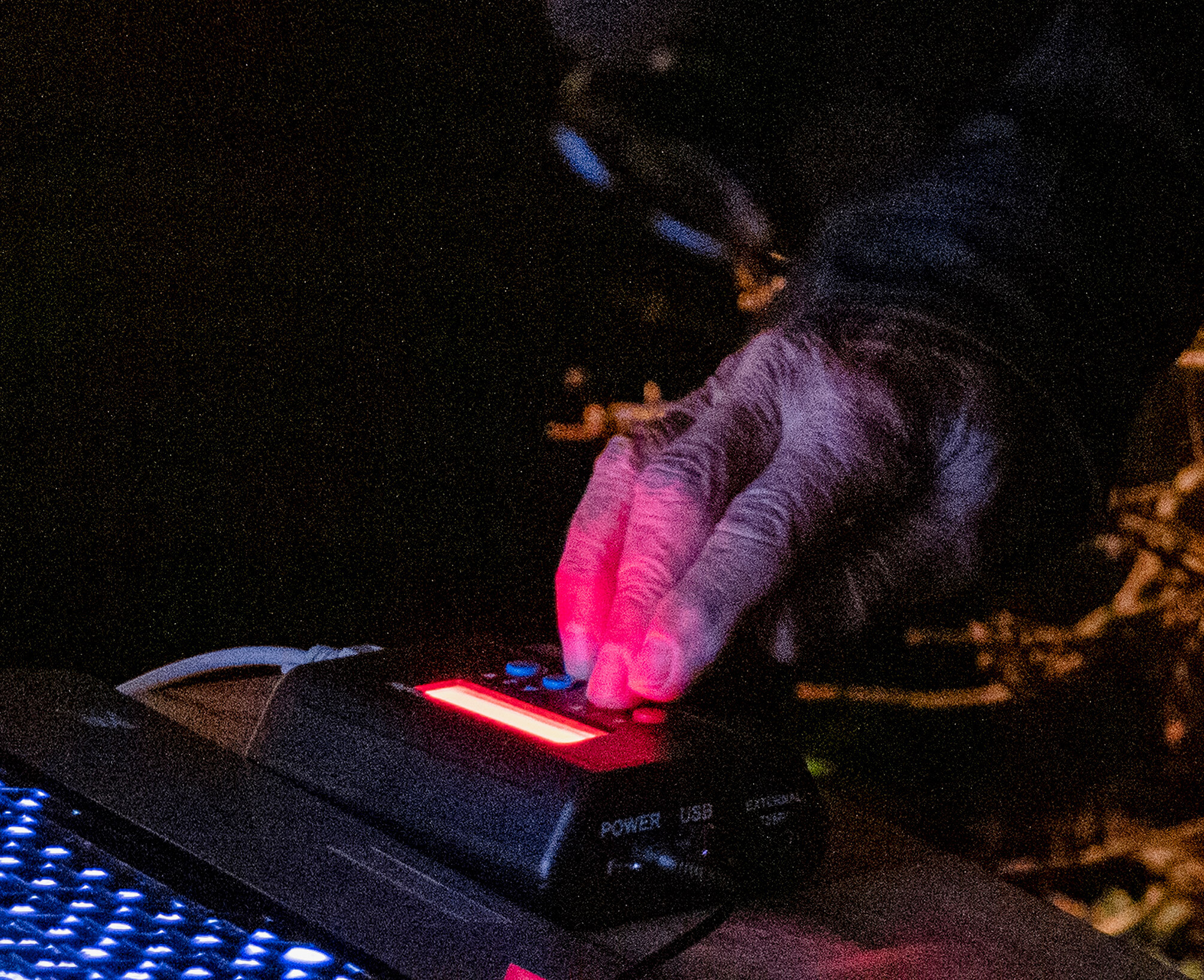
John from Middelburg offers a K-10 without a loop at the back on marktplaats.nl. His K-10 does have a front light, which strangely never seems to be mounted in the front of the long tube of the frame. The asking price is 75 euros, bids may start from 50 euros.
Lars Kwakkenbos lives and works in Brussels and Ghent (B). He teaches at KASK & Conservatorium in Ghent, where he is currently working on the research project ‘On Instructing Photography’ (2023-2024), together with Michiel and Arnout De Cleene.

During the one day course Safety and Avalanches, teacher G.T. shows pictures of different manifestations of snow and ice. If one learns to read them, one can deduce the wind direction when hiking or skiing in mountainous terrain. Wind direction is crucial for assessing the stability of the snow. G.T.’s examples are of Austrian origin. He speaks about ‘Anraum’: displaced snow can get stacked horizontally against an object, such as a tree or a cross. The snow ‘grows and builds into the wind’. Counter-intuitively, the snow points to the side the wind is coming from. One can expect dangerous terrain in the direction of the ‘unbuilt’ side of the object.
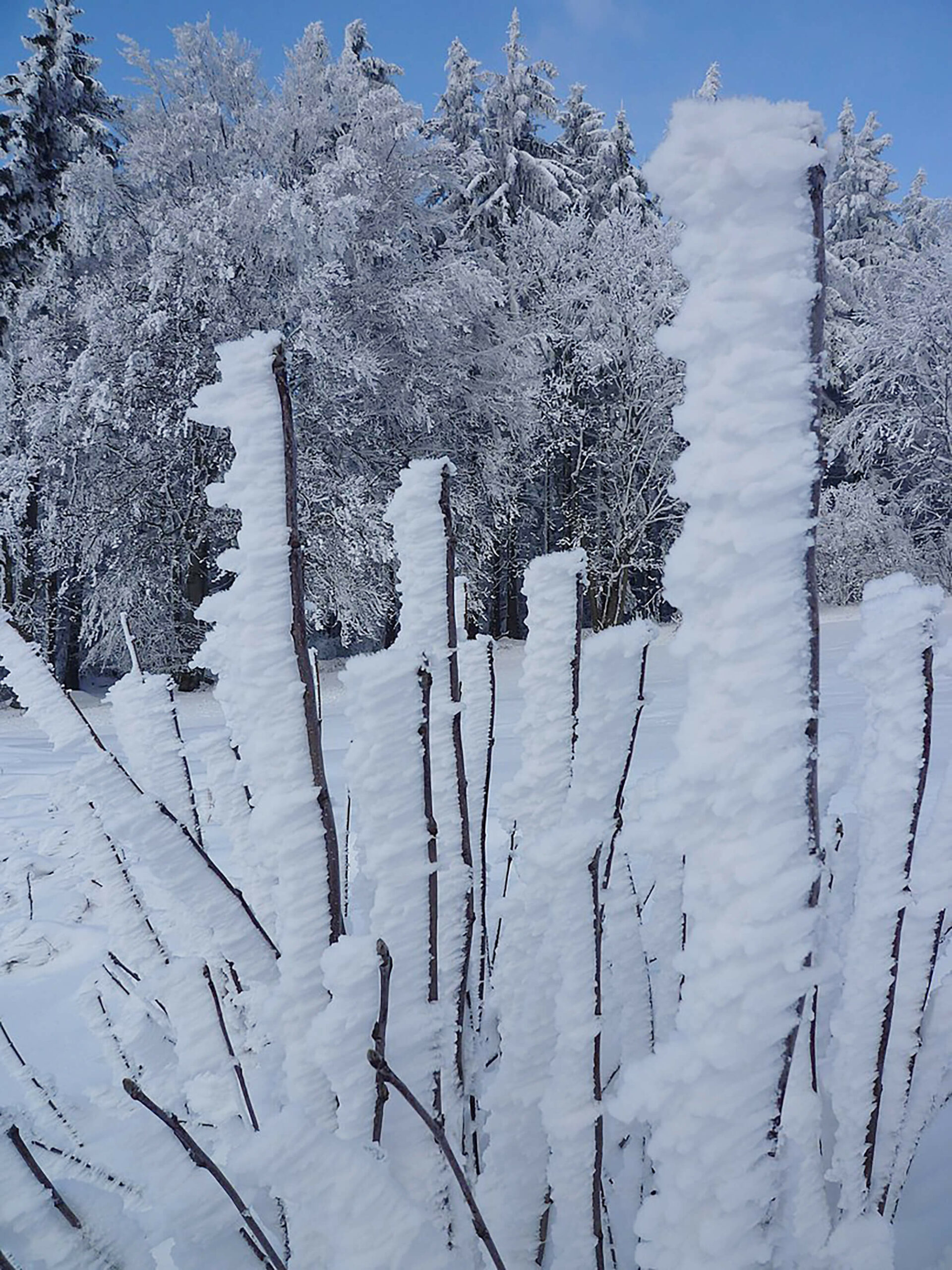
K. says that the stall where he usually buys fruit has already been packed up. But he is not worried about the quality of the fruit the other vendor sells. He gestures encouragingly.
Five signs of type-1, eleven of type-2 and two of type-3 are visible. Four of type-2 (two visible, two deduced) and two of type-3 retain two vehicles.



Márk Redele pursues projects that fundamentally relate to architecture and its practice but rarely look like architecture. www.markredele.com

In the archive of the architect O. Clemminck, there is a piece of a plan of a building in a suburb in Gent. It presents the ground floor. There is a kitchen, a salon, an eating place, a meeting place. The missing part would have stated the exact address, the name, and maybe the profession of the owners. The plan of the first floor might have given an indication of the number of (anticipated) family members, based on the number and size of sleeping rooms.
At the southern edge of (the plan of) the lot, O. Clemminck has drawn a laundry room that gives out to a vérandah. The spelling of the Dutch word – nowadays written as veranda – is remarkable, as is its etymology, which is unclear and a matter of debate among scholars. The word might have Portuguese (varanda: railing) and Catalan roots (baranda: barrier), maybe also origins in the Lithuanian Žemaitan dialect (varanda: loop plaited from flexible wings) and might also be traced back to a Sanskrit root (varandaka: rampart separating two fighting elephants).
The vérandah O. Clemminck proposes is 2,40 meters by, at least, 2,80 meters.
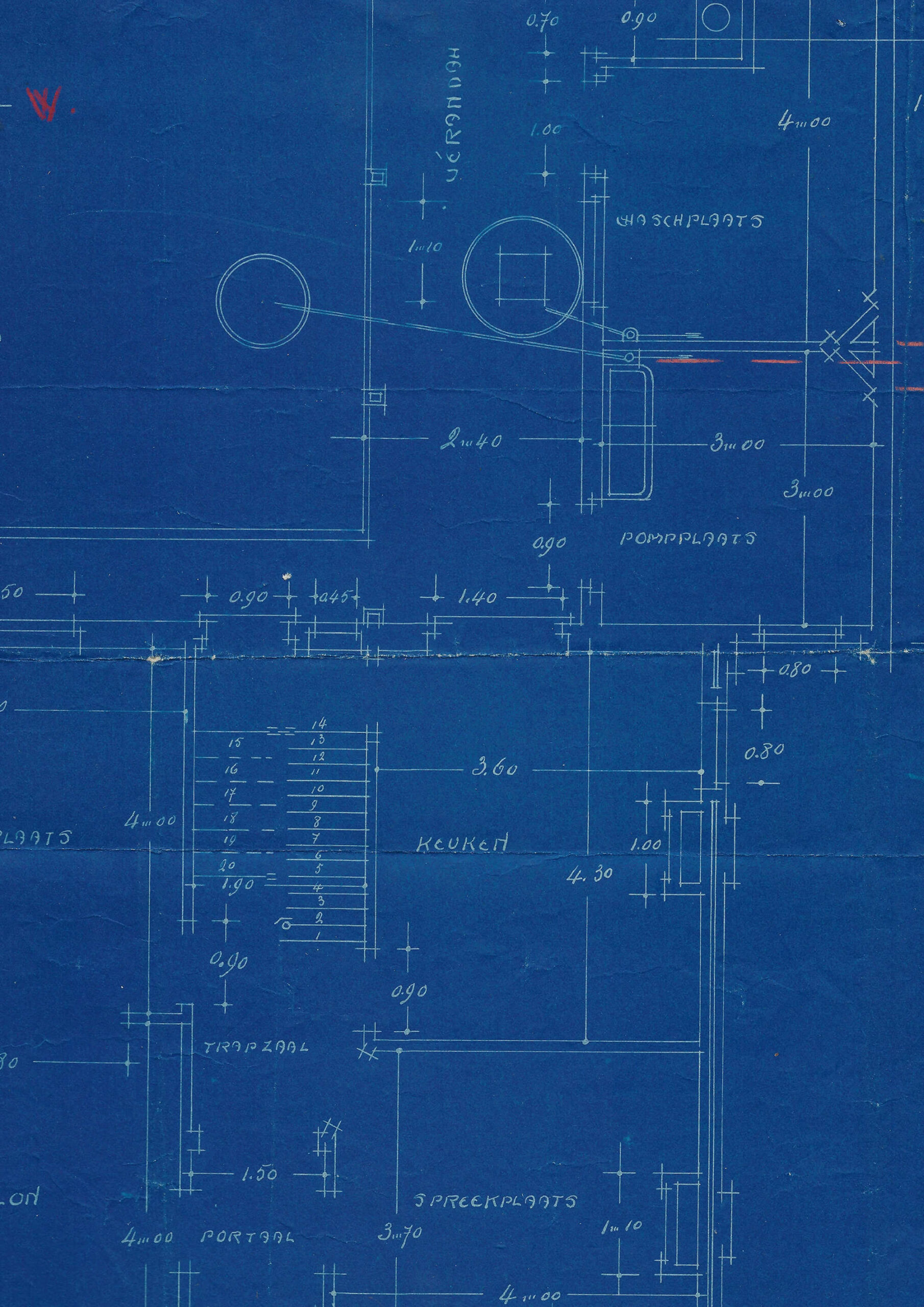
The company Demuynck from Heist (B) has put the 2011 brochure of Dutch bicycle manufacturer Sparta on yumpu.com as an ePaper. According to yumpu.com, this was reportedly done on 28 September 2013. The leaflet is titled ‘Collection Overview 2011’. On pages 68 and 69, the bike is called K10, the frame says K-TEN, while a version presumably a bit older is usually for sale second-hand as K-10. The K10 is a ‘practical, compact city bike’, it is available in one unisex frame size 50 and it has an integrated cable lock. There is a loop at the back of the large tube to which the rest of the frame is mounted. This might be the end of that lock. There are optional carriers, front and rear, and there is an optional lighting kit. The recommended retail price is 299 euros.
Lars Kwakkenbos lives and works in Brussels and Ghent (B). He teaches at KASK & Conservatorium in Ghent, where he is currently working on the research project ‘On Instructing Photography’ (2023-2024), together with Michiel and Arnout De Cleene.

As we point the telescope to the sky – cloudy, and filled with chaotic bursts of rain – the dispersion of the city lights accentuates the swirling, frantic raindrops. The roof we are standing on is uneven. A puddle forms underneath the apparatus, around the right leg of the tripod and our feet. The sound of a car on a wet street, below. A kitchen light is flicked on. Temperature is low for a mid-September night, and getting lower by the minute. It seems impossible to tell the depth of field we are documenting, and at what distance from our position these fleeting constellations occur.
Excerpt from Towards Civil Dusk (De Cleene De Cleene, 2020)
Neptune in opposition [1-20] is part of ‘Documenting Objects’, a research project by Arnout De Cleene and Michiel De Cleene at KASK & Conservatorium, the school of arts of HOGENT and Howest. Their research is financed by the HOGENT Arts Research Fund. Previous research into this subject has amongst other things led to the documentary film Towards Civil Dusk and temporary public observatories at 019, Gent and Kunsthal Extra City, Antwerp.
Thanks to:
Angelo Van Daele
Arthur Haegeman
Chris De Pauw
Emi Kodama
Frédéric Thill
Gentil Van de Vijver
Guy Wauters
Hannah De Cleene
Jan Scheers
Jonas Temmerman
John Sussenbach
Kunsthal Extra City
Philippe Molet
019
Astropolis (Oostende)
Cercle Astronomique Mosan (Herbuchenne)
Koninklijk Observatorium Ukkel
Observatoire Astronomique Antoine Thomas S.J. (Namur)
Observatoire Astronomique Centre Ardenne (Grapfontaine)
Publieke Sterrenwacht van de Westkust (Koksijde)
Volkssterrenwacht Armand Pien (Gent)
Volkssterrenwacht AstroLAB IRIS (Zillebeke)
Volkssterrenwacht Beisbroek (Brugge)
Volkssterrenwacht Mira (Grimbergen)
Volkssterrenwacht Urania (Hove)

‘You see?!’
[The man points at the waybill1 on the floor behind the glass door that closes off the abandoned and dismantled hall.]
‘It used to be here, I’m sure.’
[He looks around.]
‘I’m sure.’
[He turns towards me.]
‘Are you also here for the Leen Bakker?2 This used to be a Leen Bakker. I just looked it up on their website. They are open from 9 to 6 today.’
[He points at the waybill again.]
‘It was here. I remember well. It’s been years. But it’s here.’
[He walks away.]
‘I’ll look around.’
The waybill documents the transport of a 30m3 container filled with approximately 5000 kg of waste from this branch of Leen Bakker to a scrap processing company in nearby Ninove. They take care of scrap, both ferrous and non-ferrous metals. They also have a recognized depollution center for end-of-life vehicles.
A chain of furniture and interior stores with branches in the Netherlands, Belgium and the Caribbean part of the Kingdom of the Netherlands.

At the Tunis Institut National du Patrimoine, the sand-covered floor has traced Anne Teresa De Keersmaeker’s movements to Steve Reich’s Violin Phase. The venue empties out. It is dark and the way back to the hotel through the medina is labyrinthian and eerie. It has been a couple days since we arrived, and I have managed to make a mental image of the inner city by memorizing some waymarks – intersections, buildings, shops – coupled to a direction. Sometimes, a newly entered street would give out to such a waymark – a peculiar sensation: a flash of spatial insight, like a crumpled ball of paper unfolding. The narrow streets turn and turn. Some passages are closed at night. I must improvise a route, but the basic mental structure to do so is missing. Shopkeepers have moved their goods inside.
I have no sense of orientation. I can’t estimate distances nor can I tell north from south. Everything is scaleless. My highly simplified scheme of the city’s layout gets us to our destination. The functional interpretation of Tunis differs completely from the actual Tunis. It is a different city we crossed, and made while crossing.

Holding two cans of spray paint, a city employee walks through a sweet chestnut grove on the graveyard. He’s looking for potholes.

The planet Uranus should have followed a course as predicted by Newton’s laws. It didn’t. There were ‘residuals’, the 19th-century observers said: irregular data, which had to be interpreted as Uranus deviating from the projected trajectory. They could think of three possibilities. A) The planet Uranus was too far away from the Sun, which might render the Law of Gravitation invalid. B) The observations were incorrect. C) There was another planet, still further and yet unknown, with its own gravitational field and pull, causing Uranus to deviate from its course.
Following hypothesis C, astronomers predicted the position of a planet with a gravitational field, influencing Uranus, by means of mathematical calculations. Telescopes were directed to that calculated spot. There was a luminous point, with a touch of bright azure blue.

‘My backyard is oriented perfectly, I can see the entire southern sky without obstructions.
In two years, they will start building an apartment block, though, two floors high with a roof on top. The height is not a problem, but of course it does mean heat and potential turbulence. I just hope they will be well insulated.
This is what I like doing. I have never been interested in remote observations.1 In my backyard. I hear the geese flying overhead at night. An owl. The silence. I want to be near.’
In the photograph John Sussenbach is manipulating the telescope’s focus slightly during the recording.
To make better images, astrophotographers can rent time on a ‘remote observatory’: a fully equipped observatory located in a less light-polluted region and with a more stable atmosphere than the one the average amateur astronomer lives in. A command given from a computer directs a massive telescope in Chile towards a desired spot.

While calibrating their telescopes, or dealing with unforeseen, cloudy weather, amateur astronomers tend to trade the far for the not-so-far, and point their telescopes at their immediate surroundings.
Excerpt from Towards Civil Dusk (De Cleene De Cleene, 2020)

An observer draws on experience, and instantly sees a female partridge. Cumulus clouds. The Southern pole star. It’s the ‘all-at-once-ness of virtuoso perception’, Lorraine Daston writes: ‘Sure, swift, and silent, “without pause for mental analysis,” observation is grounded in long familiarity with the phenomena in question, be they curlews or streptococcus bacteria’ (101).
Excerpt from Towards Civil Dusk (De Cleene De Cleene, 2020)
Daston, L. ‘On Scientific Observation’. Isis, 99 (1), 2008, 97-110.
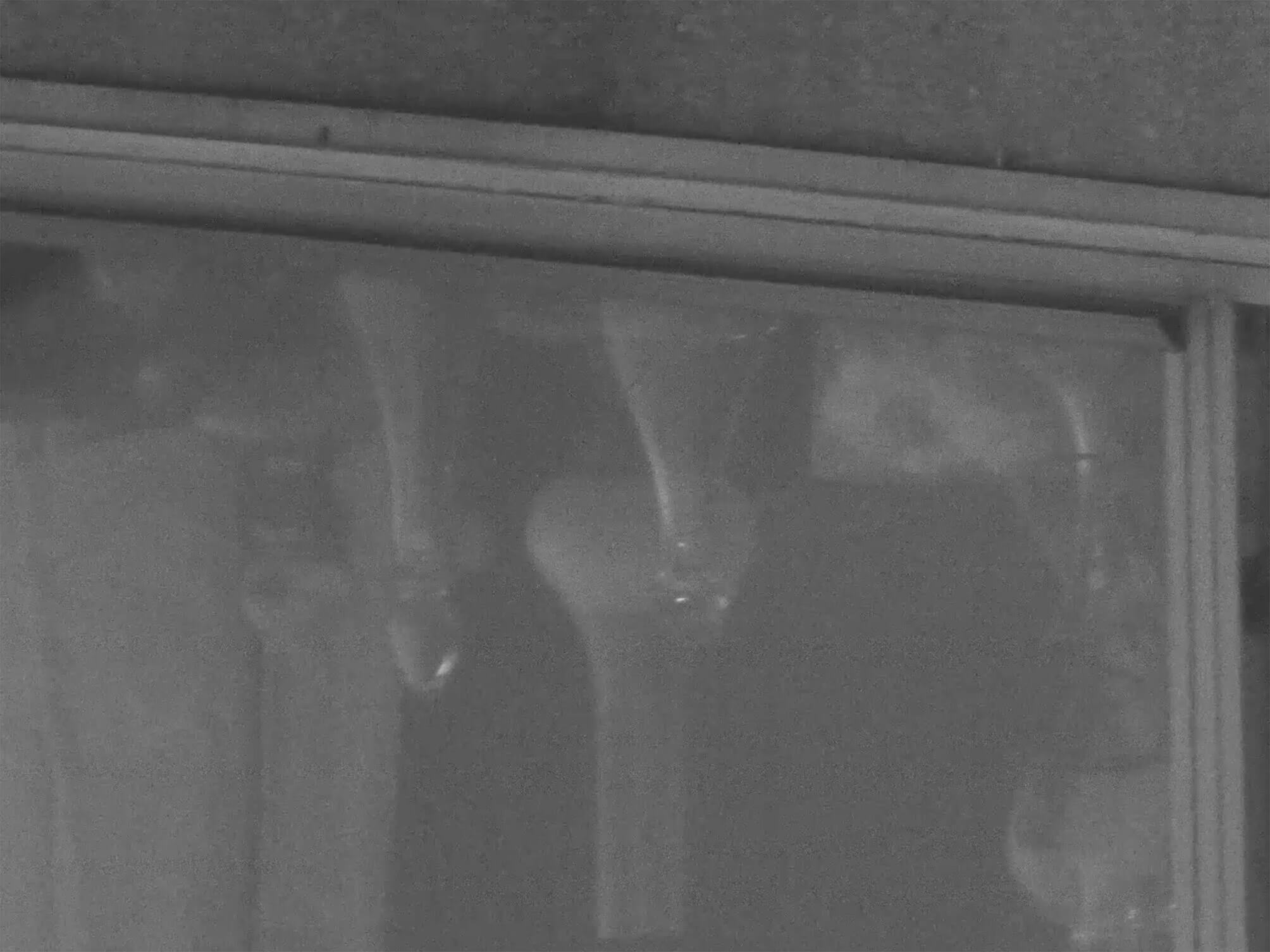
At the State Archive in Kortrijk, I am leafing through a 1955 photo album of the construction of the provisional church in Lokeren by the famous furniture company Kunstwerkstede De Coene. Gigantic wooden, prefabricated beams structure the building. It is cold. An old man in a grey suit shuffles between the racks to look up the date of birth of his great great grandmother. Snow covers the unfinished provisional roof. A bus passes, I reckon, through the pouring rain.
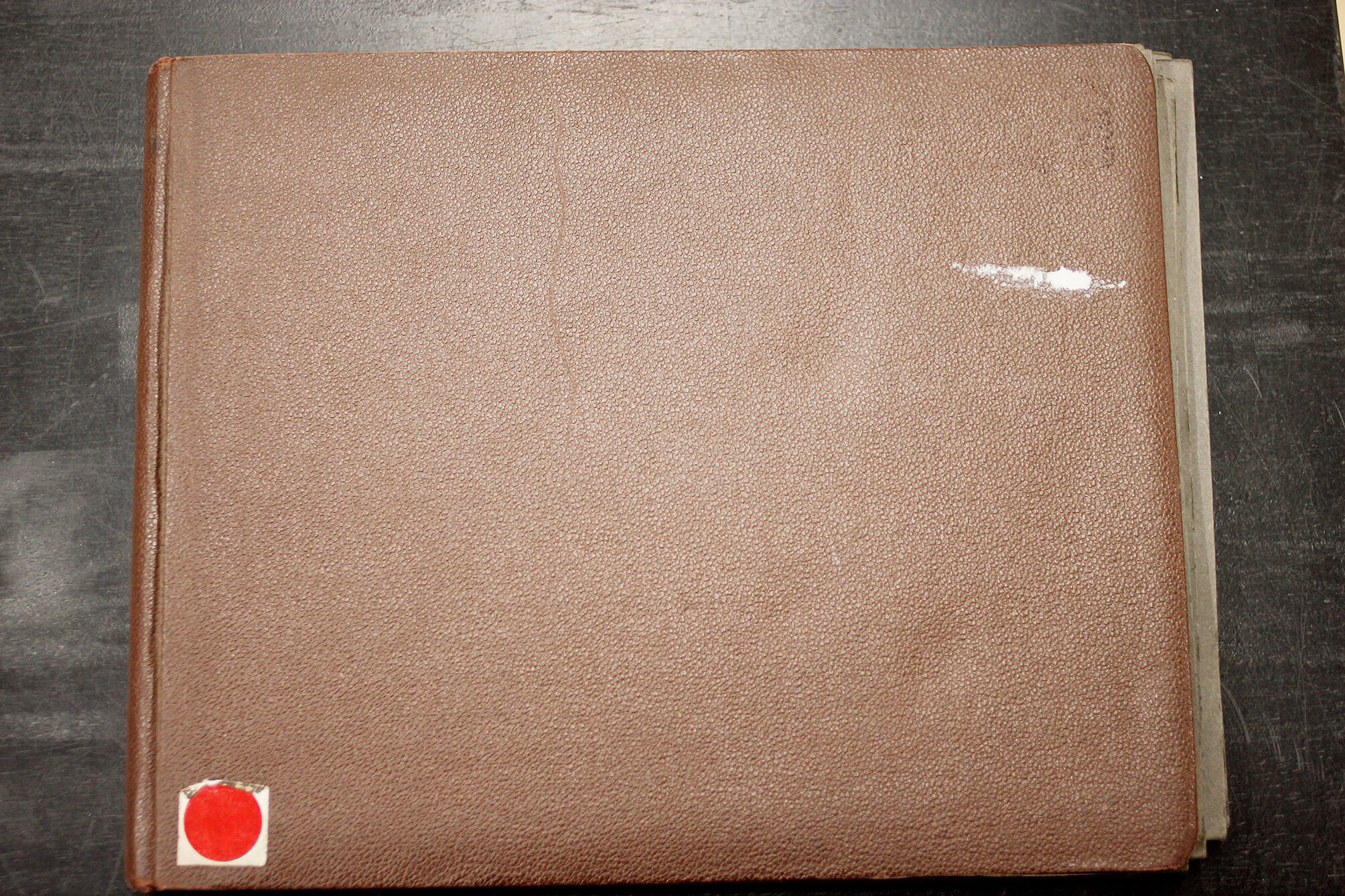
[13:42] Maziar: Power out at Rib now.
[13:45] Mathew: It’s windy here today, sorry!
[13:45] Maziar: Saying from the comfort of his electrified home, or…you also have no power?
[13:45] Mathew: No, I don’t. But, typically, outages in the city are shorter than in regional areas. PG&E website estimates service within two hours…Maybe you could post a business sign on Rib’s window?1
[13:52] Maziar: Yes. Though my phone is almost dead. No light. Can you send me a text for the sign? I can’t access the drive.
[13:52] Mathew: Yeah.
[13:52] Maziar: I feel reality hitting. Not so much the reality of blackouts in the U.S., but the reality of life and work…and that it is time to go home.
[13:55] Mathew: “CLOSED NO POWER For prescriptions go to Walgreens 2690 Mission OPEN UNTIL 5 PM.”
[13:55] Maziar: Thanks.
[13:56] Mathew: Yeah, maybe it’s time for you to leave for the night. I’m going to drive around to see what’s happening.
[13:59] Maziar: Okay, enjoy.
Local businesses experiencing a blackout typically post handwritten notices on their street-facing windows. These condensed notes detail acute symptoms felt at a community level, hinting at the improvisation required to maintain social harmony.
Mathew Kneebone is an artist based in San Francisco. His interdisciplinary practices takes different forms, all in relation to an interest in electricity and technology. He teaches studio and thesis writing at California College of the Arts.

An architect in Z. receives a reminder. ‘Please send, as soon as possible, the plans of the construction before the damage.’ The reminder was sent by the Ministry of Reconstruction, in 1951. The architect’s address in Z., as mentioned in this file, is nowadays a house adjacent to Saloon Redbarn, a hall used for activities organized by a club of country and western-aficionados.
Semi-translucent paper, typoscript, stamps, handwritten notes and signature, from the archive of architect O. Clemminck, file ‘Remi Van Bockstael’
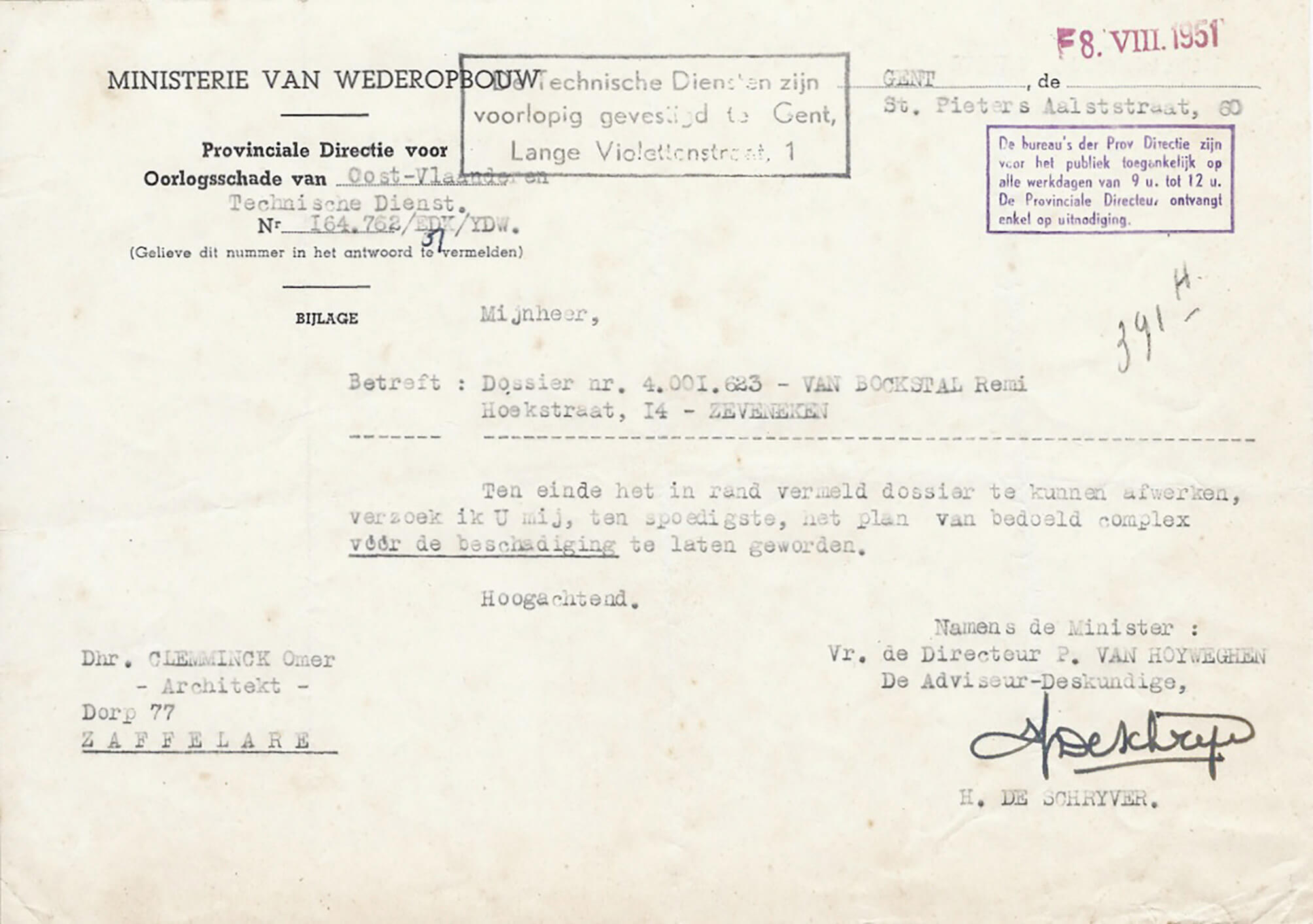
Conducting research into the effects on energy consumption of blockchain-based applications such as bitcoin, I was triggered by the fact that many of the facilities making blockchain-mining1 possible are located in Georgia. Low energy prices and a relaxed taxation policy are said to be among the reasons why companies such as Bitfury locate their plants there.
After a three-day hike in the Caucasus Mountains, on the Georgian side of the border with Chechnya, we are invited to pitch our tent in the garden of Murati, a local farmer in a small mountain village. We are overwhelmed by the scenery and Murati’s hospitality. Many of the villages, thrown on the mountain flanks, have tower-like structures of some twenty meters high, making them all look fortified. They have no windows or doors on the ground floor.2
Murati invites us into his house to drink warm milk with his family and brings us cheese-filled bread. One of us speaks Russian. He inspects our backpacks, headlights and drinking bags. He tells us a 500 kilogram pig of his did not return to the house that night. The family is saddened.
In the evening, we see him taking his granddaughter by the hand. They walk to the highest point of the gravel road in front of his house and together watch the last light of the day fall on the snow-covered triangular peak of one of the Caucasus’ highest mountains.
I’m mistrusting my memory and look the passage up in the journal we kept. The village is called Zagar. The mountain is Mount Tetnuldi. The granddaughter’s name is Anna.
When I click through to one of the websites promising information on Georgia’s blockchain economy, I happen to stumble on a dark web-related website and access is denied.3
‘Mining’ is what is being done when data – a transaction – has to be added to the blockchain (which, in itself, is the sum of all previous transactions, added to each other as data). To do this, computers have to solve a complex mathematical puzzle, which is crucial for the trustworthiness of the system, but for which loads of energy is needed. Criticism on the effects of blockchain-mining is growing, as it has a gruesome effect on resources. In 2018, Andrew North writes, Bitfury used 28 million kilowatt-hours of electricity per month, equalling the consumption of 120,000 Georgian households.
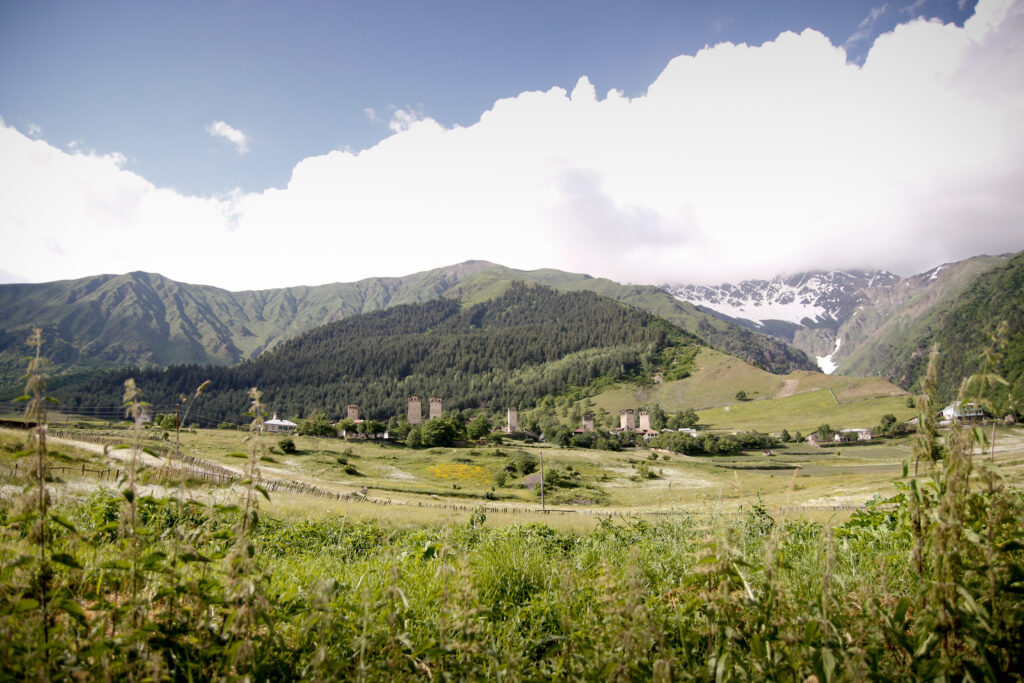
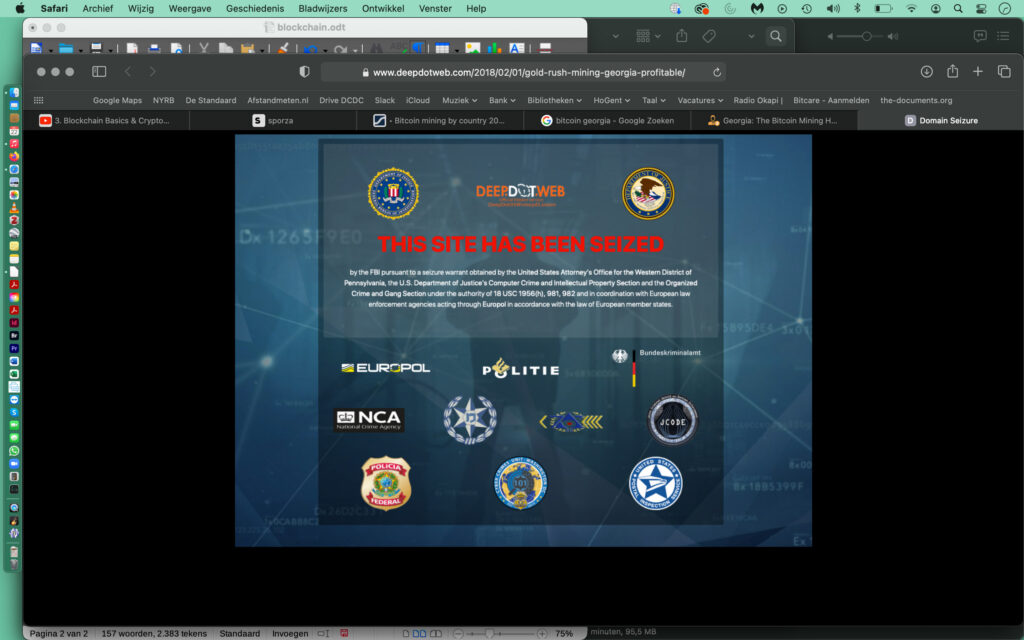

When the juneberry (Amelanchier Lamarckii) flowers, the beekeeper knows it’s time to add a first honey super to the hive. Winter’s over and worker-foraging bees will fly out and come back with their stomachs full of nectar. To avoid larvae in the honey, the beekeeper will place a grid – the so-called queen excluder – between the main compartment of the hive and the honey super.

Seven years after the devastating flood, in 1954, the building of the dam is decided upon. Between 1959 and 1963 the infrastructure is built, and the reservoir gets filled with water in 1964 to act as a buffer for sudden floods and to guarantee a flowing Thur through the highly industrialized area downstream.
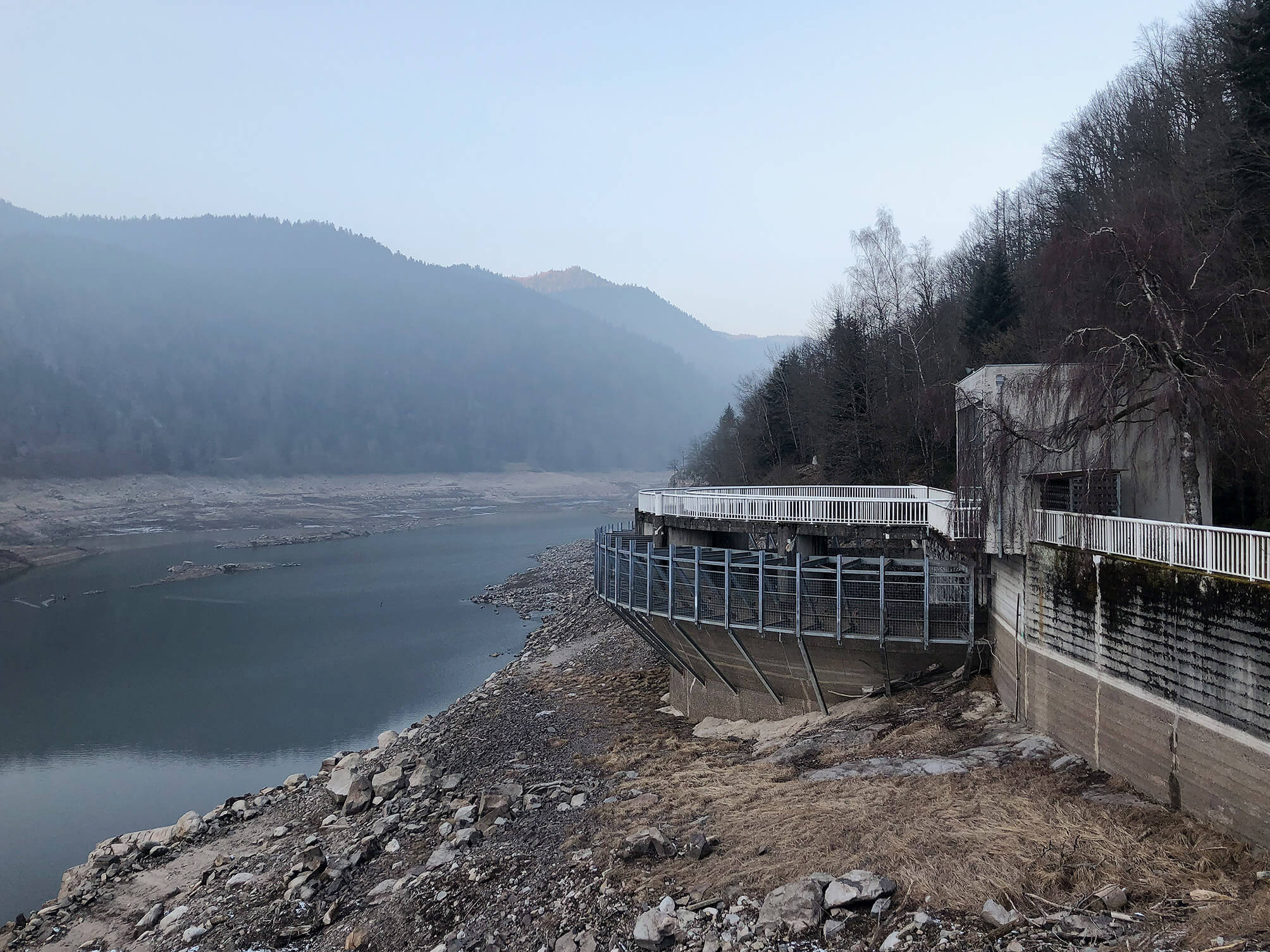
I must have driven past this rocky landscape about sixteen times, going back and forth between viewpoints and the house the parents of a friend let me stay in. On the last day, I left early for the airport, pulled into a lay-by, took my tripod and camera out of the trunk of the red Volkswagen Polo rental car and made two photographs.1 It was only when I got home, had the film developed, scanned it and was removing dust particles from the file, that I discovered the hand painted text on the rock: ‘PROIBIDO BUSCAR SETAS’.
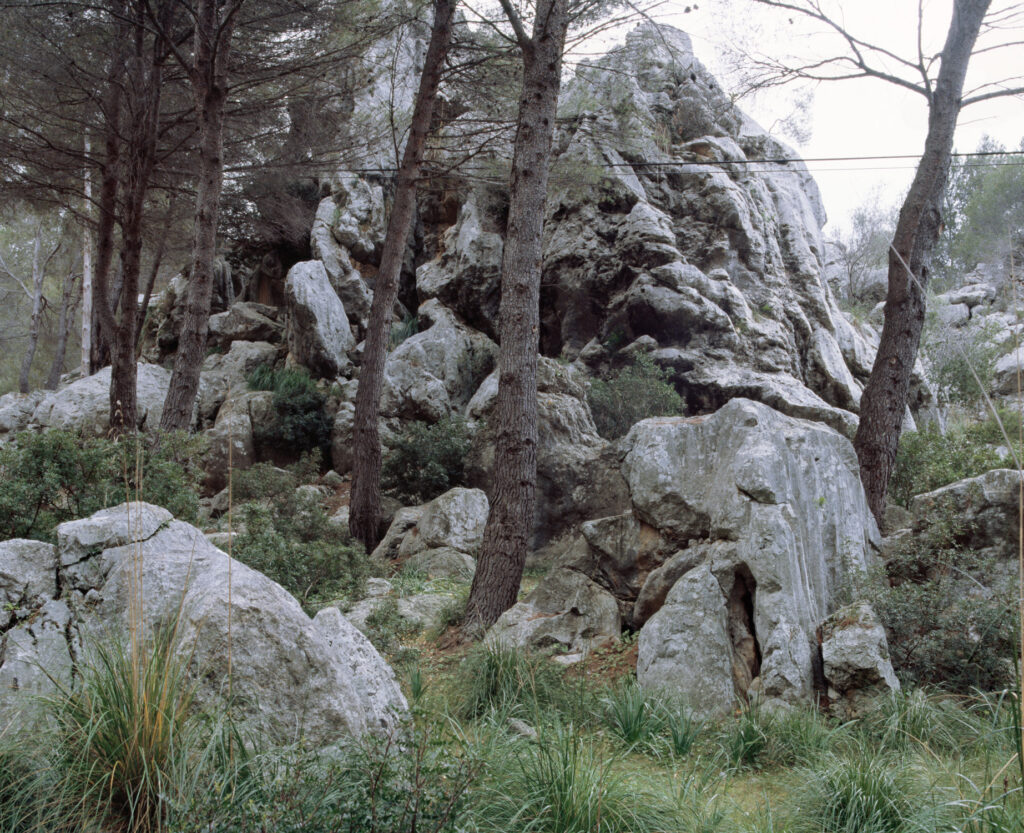
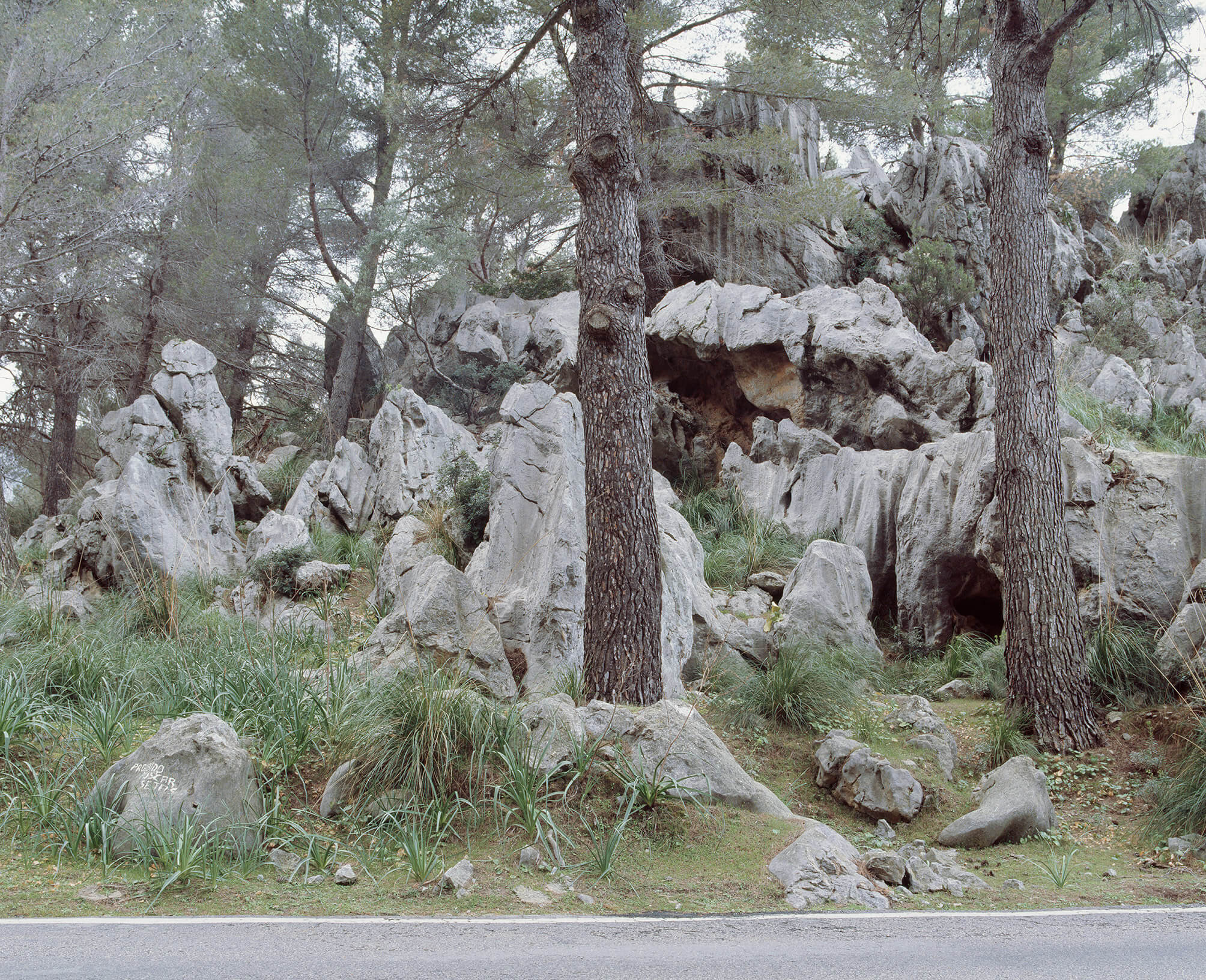
Yesterday I had my shoulder checked by a radiologist. He took an ultrasound and saw some minor inflammation of my right subscapularis. After giving me some advice – ‘we could give you a shot of cortisone in the shoulder. It would relieve you from your pain for six weeks and then, without proper exercise, you’d be back where you are now’– he walked towards the door. ‘I propose you do this exercise thirty times, three times a day.’ The radiologists put his right hand on the doorframe, his arm stretched, the weight of his body on it and then leaned forward and back again, while keeping his arm stretched. ‘This will increase the muscles around the sore subscapularis. It will take months.’ After giving me his advice, he sent me back into the dressing room. I put my shirt back on and went into the waiting room. The nurse called out my name, charged me 14,00 EUR and gave me a card. ‘This code will allow you to look at the images of the ultrasound at home’, she said.
Today I entered the code and password and – instead of my shoulder – found the röntgen-images of someone else’s broken heel.
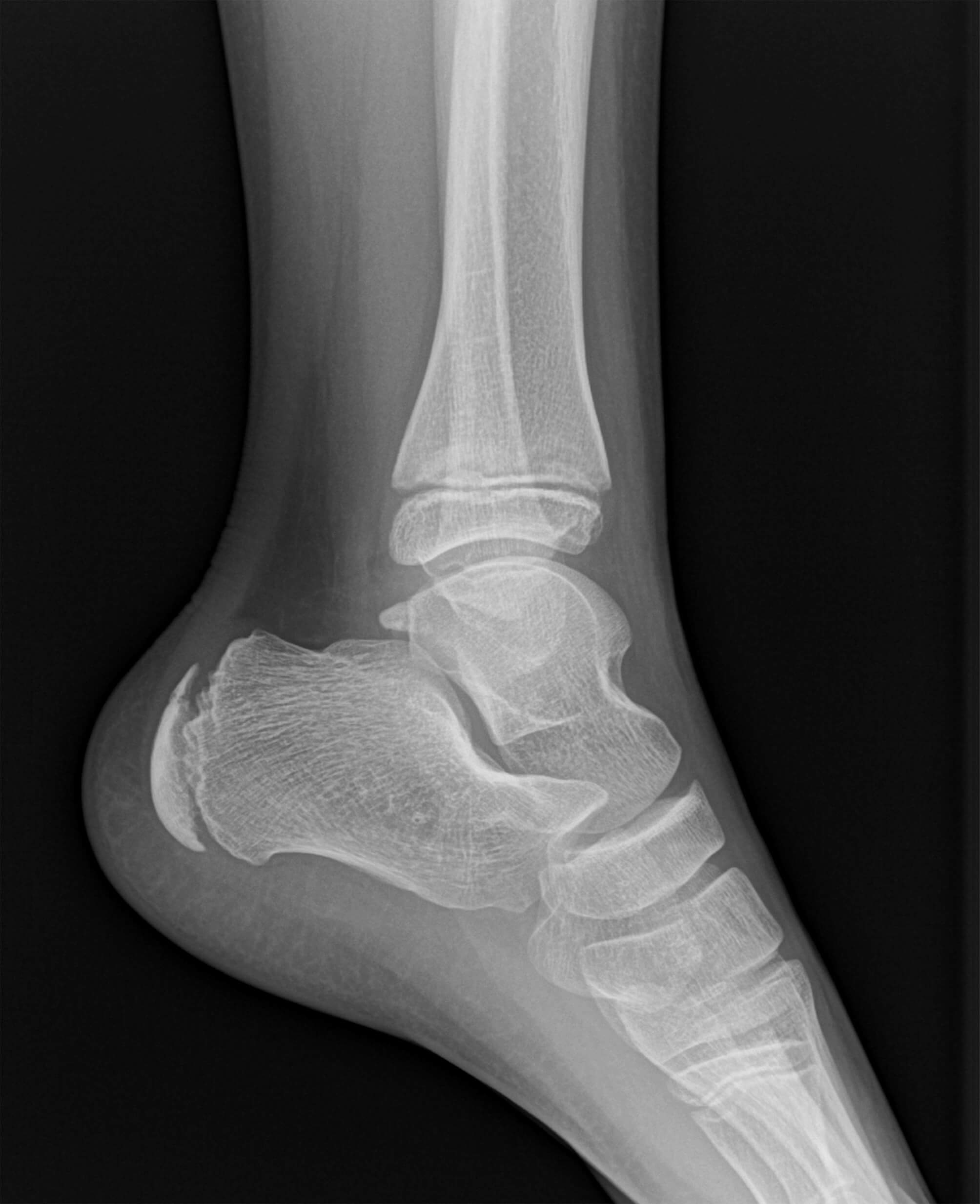
The architect’s photographic archive contains seven images that can be labelled as panoramic pictures. However, they only appear as such when the photographs are viewed in the archive, as strips of negatives. In order to see the panoramic construct, the viewer needs to be presented with two consecutive negatives.
There are two kinds of panorama in the archive: the kind that can only be attributed to a kind of laziness or a need for efficiency on behalf of the architect, and another that originates from frugality.
The former type of panorama is created when the architect is documenting the situation as it is: it is compulsory to document the context of the building or lot, as part of a building application. He simply pivots from left to right, capturing the first and second photograph consecutively. On the filmstrip a panorama appears.
The other kind of panoramic picture only appears at the end of the film role. The last negative on the film has been exposed (the twenty-fourth or thirty-sixth), after which he exerts force onto the lever to move the film forward anyway. Some films are known to have, by accident, a twenty-fifth or a thirty-seventh negative. The plastic between the sprocket holes tears and the film does not advance enough. The result differs fundamentally from the other kind of panorama: there is no separation, no void between the negatives. Rather, there is a slight overlap. A thin, vertical strip of film that has been exposed twice, suggesting contiguity that might not be there. The two exposures might be from altogether different sites, creating a new situation.
Based on De Cleene, M. & De Cleene, A. The Situation as it Is. A Photonovel in Three Movements. Gent: APE, 2022
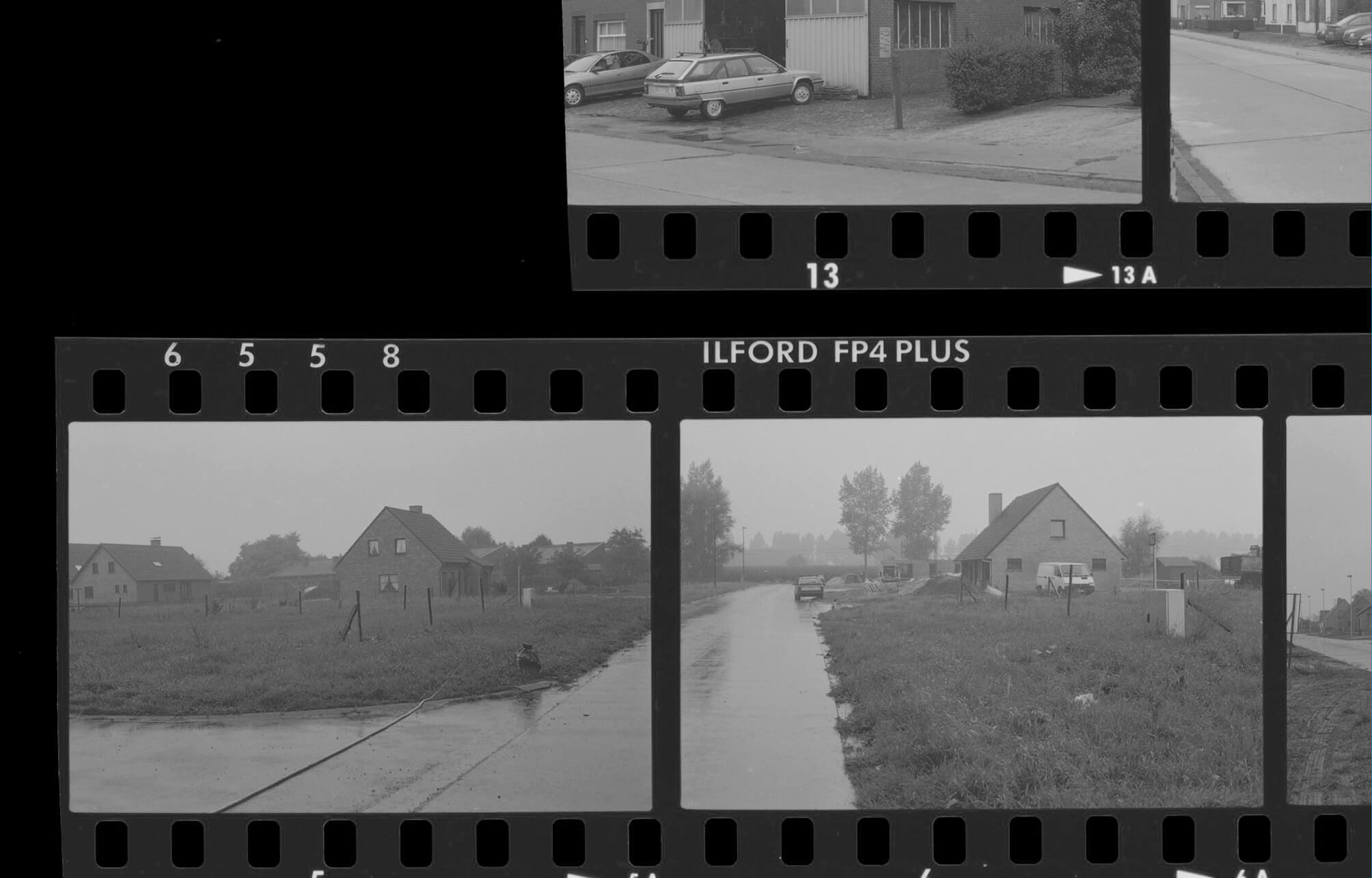
I bought my son a gift while abroad: a toy turtle named Essie whose perforated shield projects stars onto the ceiling in blue, green or amber. ‘8 actual star constellations’, the box proclaims.
The manual explains how to power up the turtle and what the four buttons on Essie’s back do. The small document (recto: Chinese, verso: English) concludes with some ‘Words from Little Turtle ESSIE’. In it the turtle shifts from direct speech to illeism1 and back.
The act of referring to oneself in the third instead of first person.
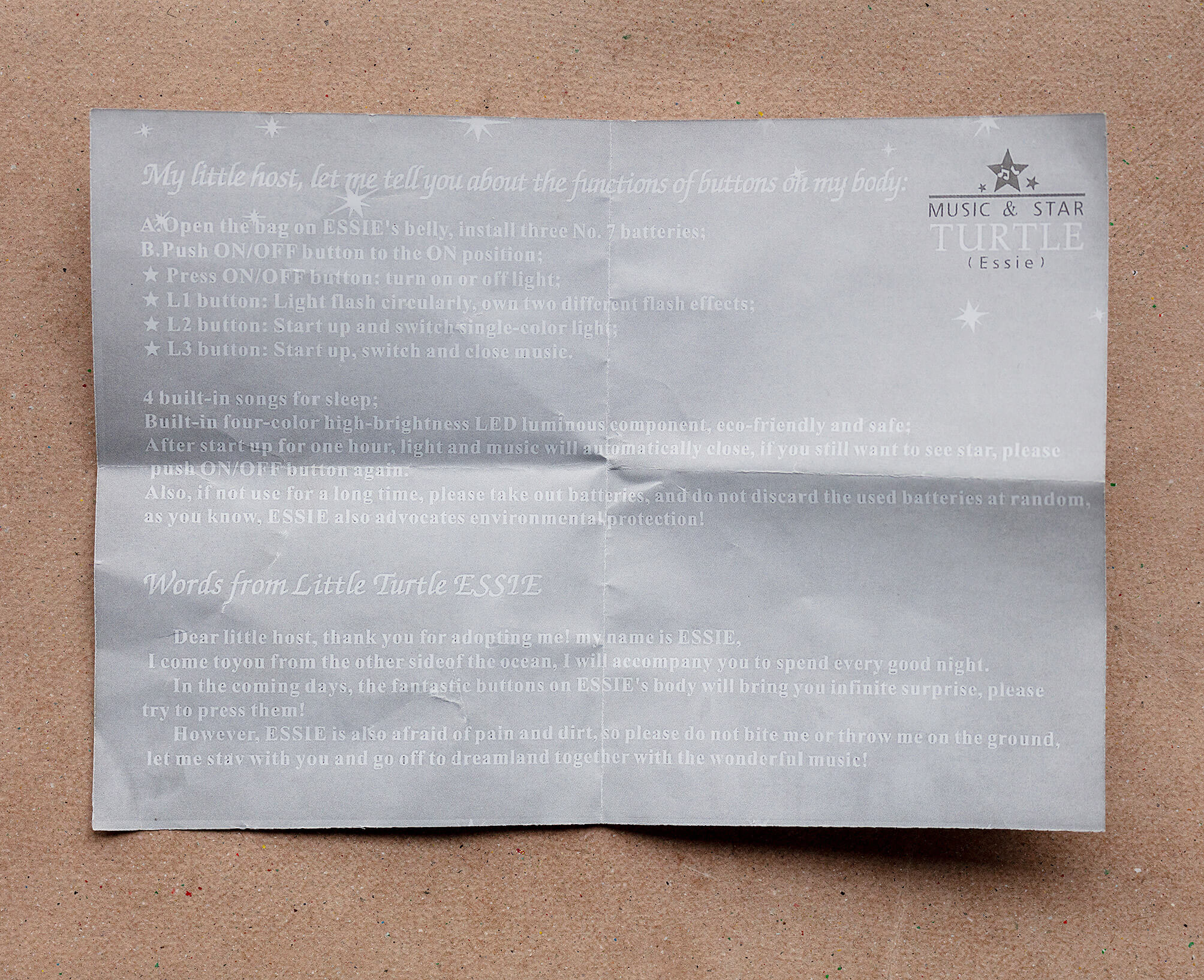
When the juneberry (Amelanchier Lamarckii) flowers, the beekeeper knows it’s time to add a first honey super to the hive. Winter’s over and worker-foraging bees will fly out and come back with their stomachs full of nectar. To avoid larvae in the honey, the beekeeper will place a grid – the so-called queen excluder – between the main compartment of the hive and the honey super.

A white Mercedes van inserts in front of me in a traffic jam near Antwerp. The back of the van has been altered in several ways: a latch was added to the door,1 a footstep was bolted to the bumper, a couple of tie-wraps are holding up the lights on the left side.2 Traffic is moving slow. There is no Mercedes logo.3 Some parts have been retouched with white paint that differs slightly from the rest of the bodywork,4 not unlike a tipp-ex’ed document.
Maybe the original locking mechanism no longer functions, or, perhaps, the owner wants to add a padlock to the doors at night.
Maybe a corroded screw caused the lights to come loose, or a slight collision.
Someone might have stolen it. Mercedes stars are often stolen, although mostly from the hood.
Maybe to counter corrosion, to conceal a mark someone made on the van or to cover up a fixed dent.
Legislation concerning the publication of someone else’s licence plate on the internet and the demand to blur it, is somewhat ambiguous.
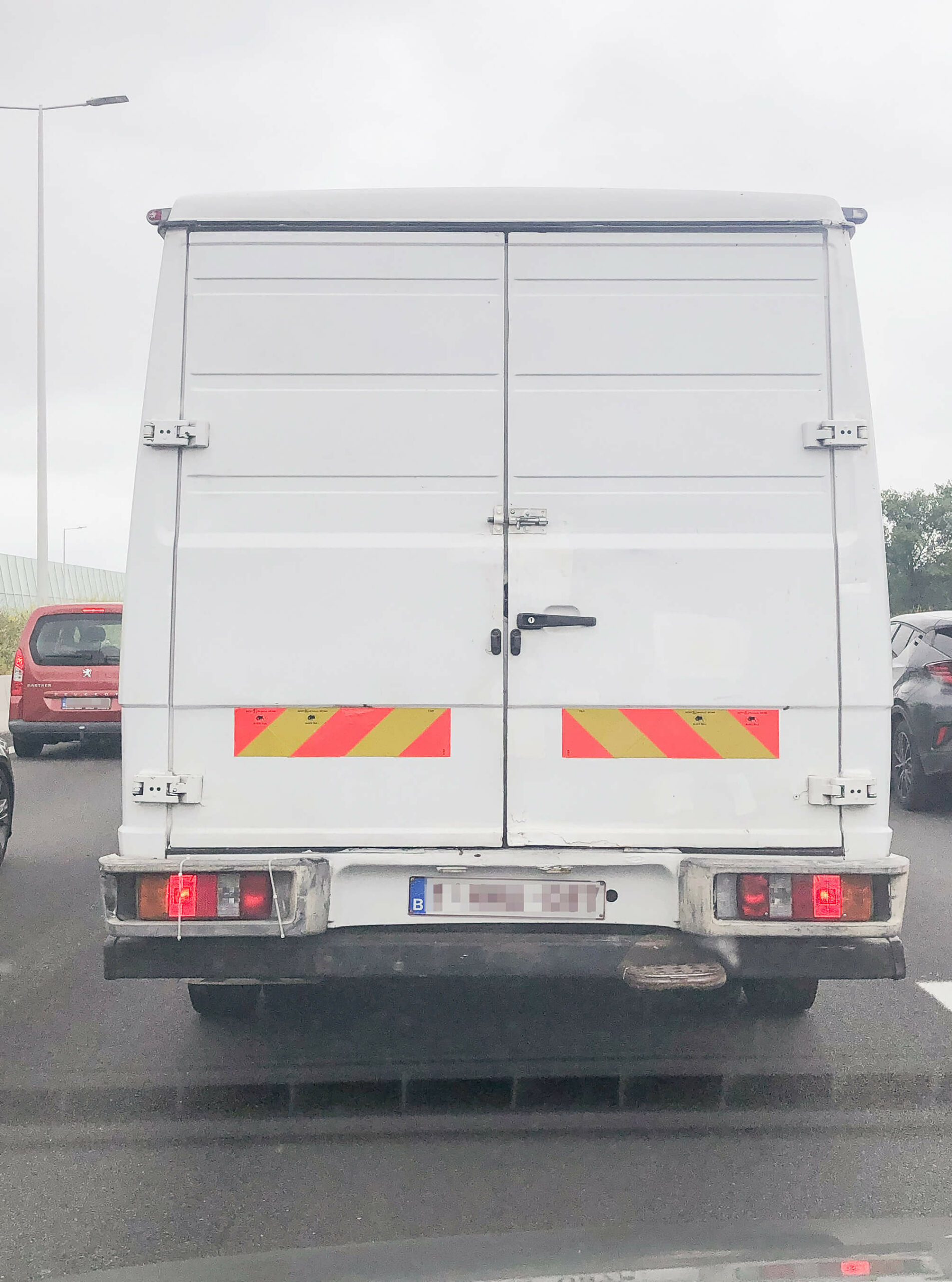
When the Sun, the Earth and one of the outer planets of the Solar System perfectly align, with the Earth positioned in the middle, the outer planet is said to be ‘in opposition’. It’s a moment of planetary approach and of optimal viewing conditions: the Earth and the outer planet are at their closest and brightest.
Neptune in opposition [1-20] is part of ‘Documenting Objects’, a research project by Arnout De Cleene and Michiel De Cleene at KASK & Conservatorium, the school of arts of HOGENT and Howest. Their research is financed by the HOGENT Arts Research Fund. Previous research into this subject has amongst other things led to the documentary film Towards Civil Dusk (2020) and temporary public observatories at 019, Gent and Kunsthal Extra City, Antwerp.

John from Middelburg offers a K-10 without a loop at the back on marktplaats.nl. His K-10 does have a front light, which strangely never seems to be mounted in the front of the long tube of the frame. The asking price is 75 euros, bids may start from 50 euros.
Lars Kwakkenbos lives and works in Brussels and Ghent (B). He teaches at KASK & Conservatorium in Ghent, where he is currently working on the research project ‘On Instructing Photography’ (2023-2024), together with Michiel and Arnout De Cleene.

A skiing holiday with my in-laws. The ski pass does not allow you to visit Schatzalp. We buy a separate ticket and take the train up the hill to the hotel, which served as the backdrop for Thomas Mann’s Magic Mountain. The stately hotel and former sanatorium is gorgeous.
Meanwhile, a new virus is spreading. Some people are coughing. I am keeping distance while waiting in line to take the train back down to the snow-covered village.
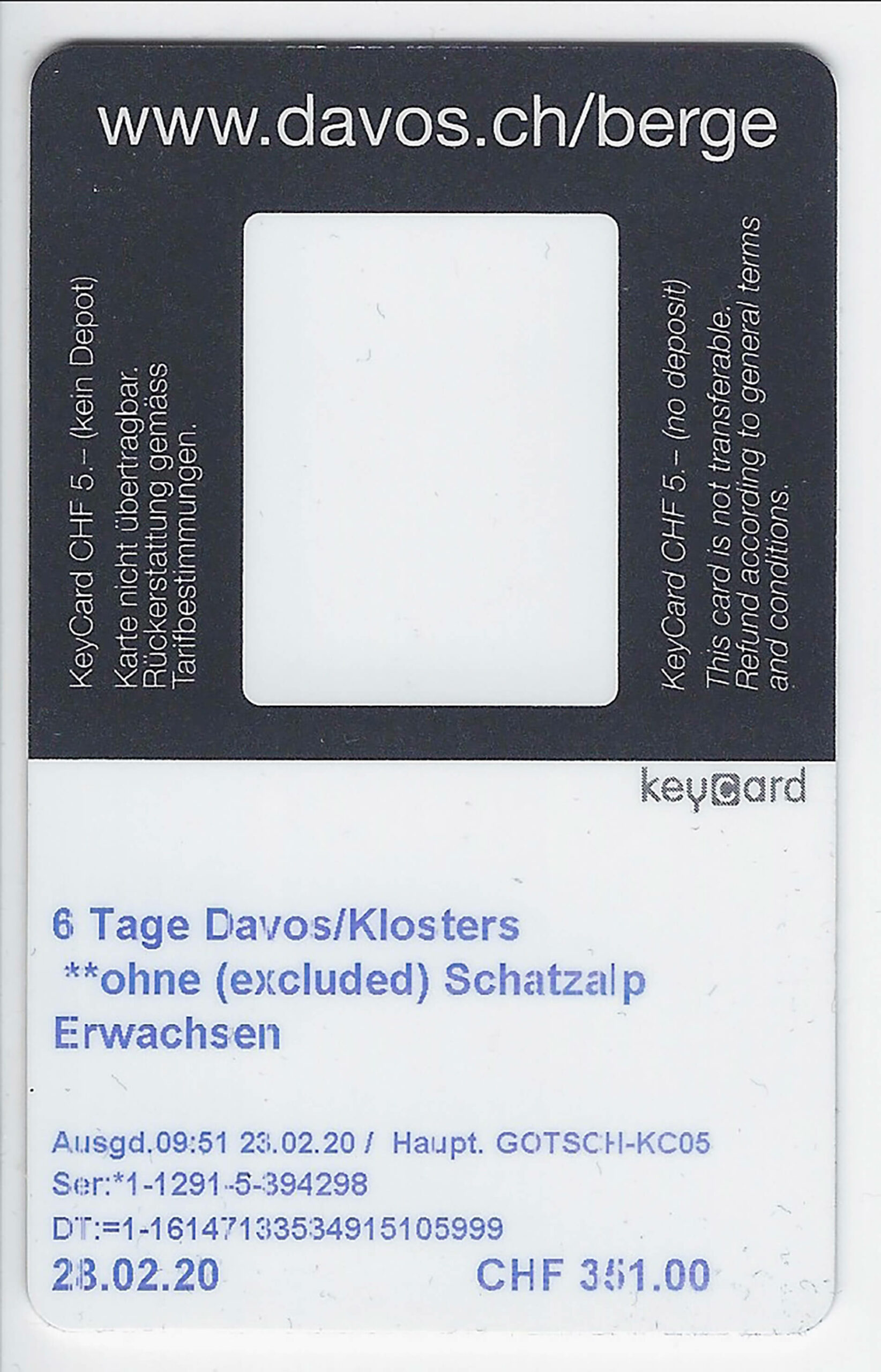
When I grew up, my parents told me that the number of raisins in the local baker’s raisin bread attested to the result of the most recent soccer match of KAA Gent. A victory was celebrated by throwing more raisins into the dough than usual, a loaf following a painful loss was hardly a raisin bread at all.
The baker retired long ago. Today my two-year-old son picked out all the raisins from his slice of bread. KAA Gent’s last game was a tie against Union.
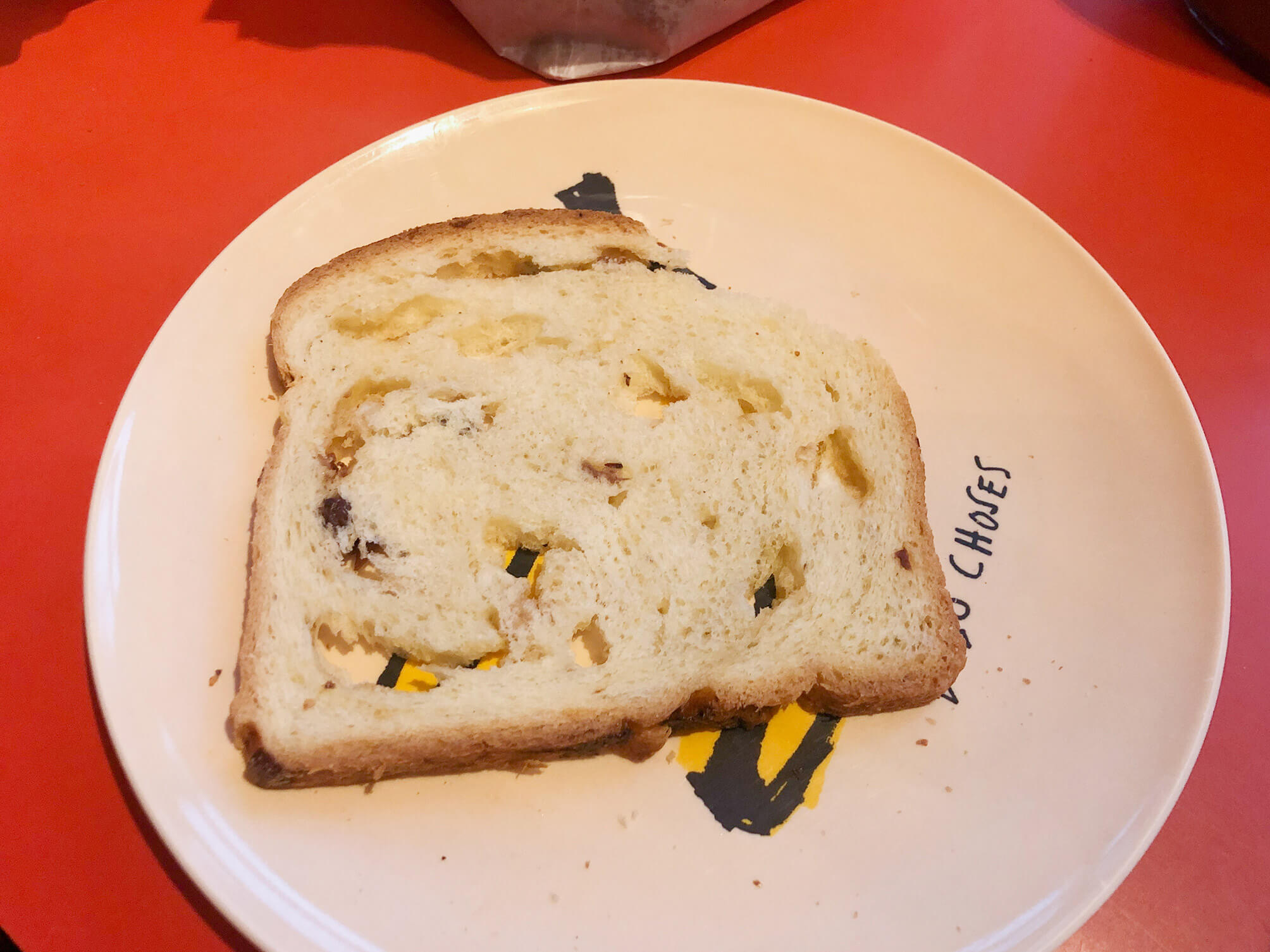
The oldest coin in the collection has darkened over time, but upon inspection, the text ‘AD USUM BELGII AUSTR’ (left) and the contours of a (female) head (right) can be discerned. A quick search learns it stems from the middle of the 18th century. The coin was made and used in the Austrian Netherlands, reigned by Maria Theresa, who is the one depicted. My mother recollects finding it in the backyard when she was a kid.
About 40 years later, the euro was introduced. The ringbinder with my mother’s coin collection was taken from the shelf. A dilemma came to the fore: we wondered if we should keep one of each existing Belgian coin and banknote and put them in the binder, alongside Maria Theresa, or if we should exchange them for the new European currency. The decision to keep a coin of five Belgian francs was not difficult to make, but as the amount raised, the answer was increasingly hard to give. This was an assessment of the old currency’s emotional and projected historical value, compared to its current financial worth. It was a decision based on investment principles.
To accentuate the value of the Maria Theresa kronenthaler of 1 liard, I put the coin on a pile of red post-it-notes when photographing it. Coins like these are sold on eBay for prices ranging from 0,70 euros to 16 euros.
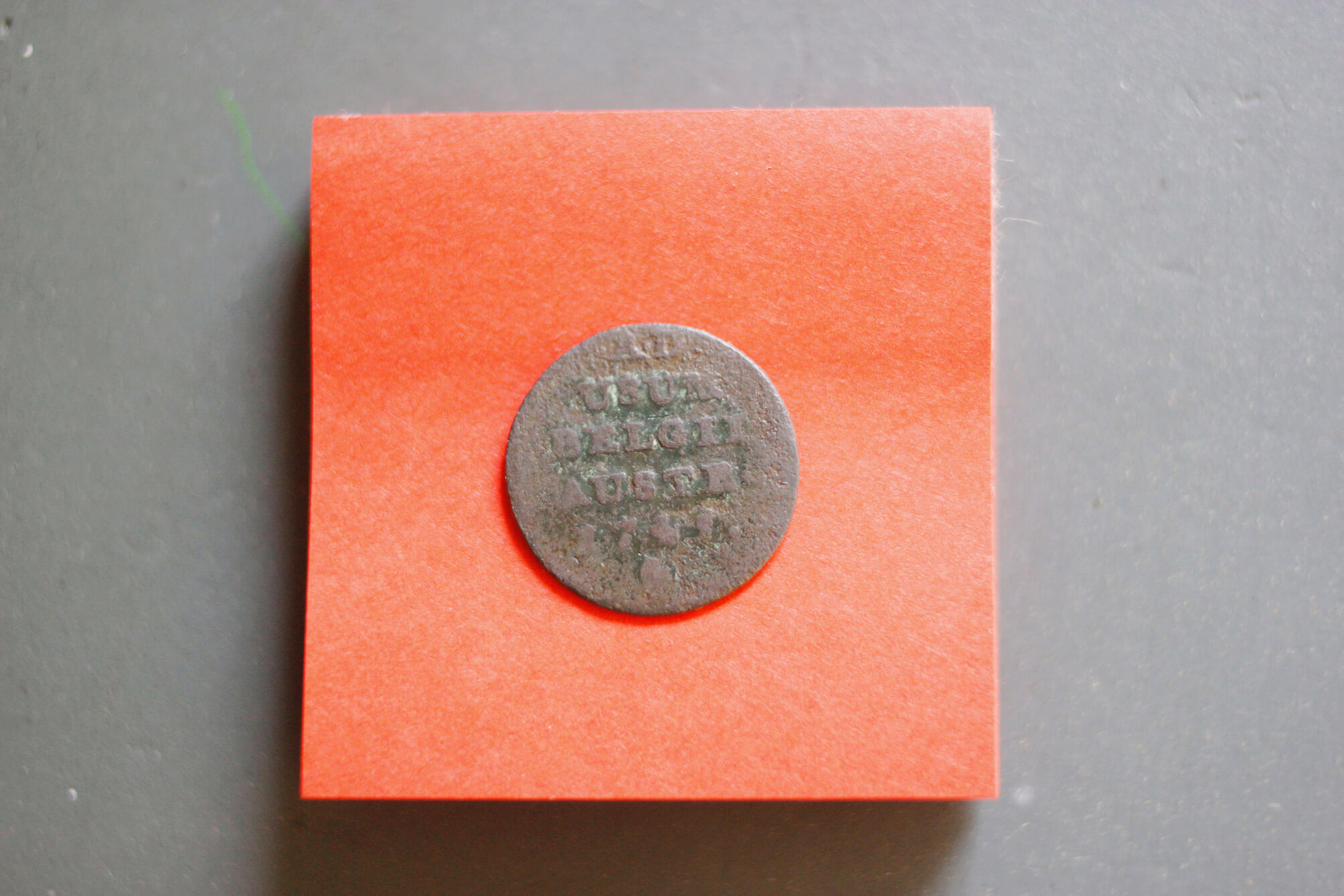

An architect in Z. receives a reminder. ‘Please send, as soon as possible, the plans of the construction before the damage.’ The reminder was sent by the Ministry of Reconstruction, in 1951. The architect’s address in Z., as mentioned in this file, is nowadays a house adjacent to Saloon Redbarn, a hall used for activities organized by a club of country and western-aficionados.
Semi-translucent paper, typoscript, stamps, handwritten notes and signature, from the archive of architect O. Clemminck, file ‘Remi Van Bockstael’

The end of 2015. For hours, precipitation of all sorts had impeded a view of the Asian side of the city. Ships went out of sight before they reached the horizon. I can’t recall where exactly we were standing, or what we were visiting. I imagined it to be a place full of history. The Bosporus seemed agitated.
The Greek historian Herodotus wrote about Persian King Xerxes’ torn after a storm demolished the bridge he was building across the Dardanelles, at the other side of the Sea of Marmara: ‘When Xerxes heard of this, he was very angry and commanded that the Hellespont be whipped with three hundred lashes, and a pair of fetters be thrown into the sea. I have even heard that he sent branders with them to brand the Hellespont. He commanded them while they whipped to utter words outlandish and presumptuous, “Bitter water, our master thus punishes you, because you did him wrong though he had done you none. Xerxes the king will pass over you, whether you want it or not; in accordance with justice no one offers you sacrifice, for you are a turbid and briny river.”’1
Two days later, heavy snow delayed our flight back home. For hours, we were stuck inside the cabin, watching the tarmac. Passengers wanting to get out scorned the stewards. Trucks sprayed a fluid on our plane’s wings. We arrived at the family gathering just before midnight. Underneath the unlit fireworks hanging from the chandeliers, dessert was being served.
Herodotus. The Histories (A. D. Godley, trans.). Cambridge: Harvard University Press, 1920, book 7, chapter 35. Online: https://www.perseus.tufts.edu/hopper/text?doc=Perseus%3Atext%3A1999.01.0126%3Abook%3D7%3Achapter%3D35

The oldest coin in the collection has darkened over time, but upon inspection, the text ‘AD USUM BELGII AUSTR’ (left) and the contours of a (female) head (right) can be discerned. A quick search learns it stems from the middle of the 18th century. The coin was made and used in the Austrian Netherlands, reigned by Maria Theresa, who is the one depicted. My mother recollects finding it in the backyard when she was a kid.
About 40 years later, the euro was introduced. The ringbinder with my mother’s coin collection was taken from the shelf. A dilemma came to the fore: we wondered if we should keep one of each existing Belgian coin and banknote and put them in the binder, alongside Maria Theresa, or if we should exchange them for the new European currency. The decision to keep a coin of five Belgian francs was not difficult to make, but as the amount raised, the answer was increasingly hard to give. This was an assessment of the old currency’s emotional and projected historical value, compared to its current financial worth. It was a decision based on investment principles.
To accentuate the value of the Maria Theresa kronenthaler of 1 liard, I put the coin on a pile of red post-it-notes when photographing it. Coins like these are sold on eBay for prices ranging from 0,70 euros to 16 euros.


A skiing holiday with my in-laws. The ski pass does not allow you to visit Schatzalp. We buy a separate ticket and take the train up the hill to the hotel, which served as the backdrop for Thomas Mann’s Magic Mountain. The stately hotel and former sanatorium is gorgeous.
Meanwhile, a new virus is spreading. Some people are coughing. I am keeping distance while waiting in line to take the train back down to the snow-covered village.

A seminar on spectroscopy: how, by splitting light into different, separate rays, it becomes possible to deduct the chemical composition of stars and planets far beyond our reach, as those elements have an effect on the light that reaches the spectroscope. Beautiful graphs presenting colour in schemes of black and white. From the moment the course gets into the physics of light, my mind wanders off. What approaches the observer turns blue, what elongates itself becomes red. The teacher’s leather shoes squeak as he goes back and forth between his self-made spectroscope and the desk. Redshift. Blueshift.
We meet him a couple of weeks later on the rooftop of a university building. He opens one of the half-domes. The sound of the mechanics is as obtuse as the shape it alters. A command on the computer based on coordinates: above our heads, the telescope slews slowly, only to halt at an apparently indistinct black region. From within the dome, we send ourselves an email with the photographs that we took of Neptune.
University classes will start in a couple of weeks. The city air is crisp. The roundabout below is strangely calm. On the horizon, the canopy of a southern forest delineates the sodium-lit sky.
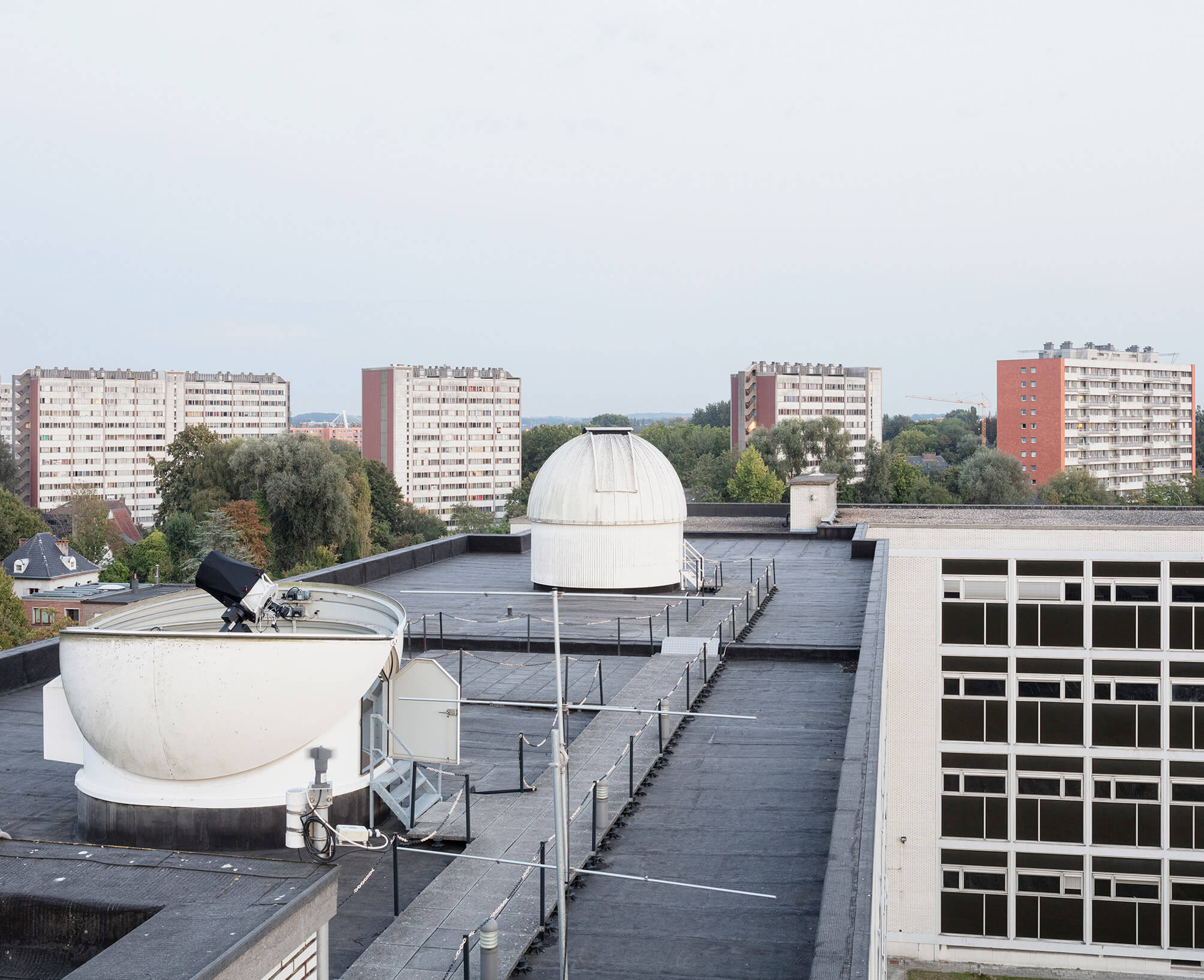
French writer Raymond Queneau did extensive research into what he called hétéroclites, and at other times fous littéraires, a continuation of a longstanding bibliographic project of assembling texts proposing eccentric theories that were never picked up by the scientific community. Disappointed by the results of his research and unable to find a publisher, he abandoned the idea of publishing the encyclopaedia he was compiling. Later, in his encyclopaedic novel Les enfants du limon, he picks up the thread, from a different perspective. It tells the story of two quirky characters, Chambernac and Purpulan, wanting to compile an encyclopedia on fous littéraires. The novel cites from the texts they have dug up. The novel ends when they give up on the project, and give their findings to a novelist they meet and who says to be interested in the material, and asks if it would be OK if he’d attribute it to a character in a story he’s writing. Chambernac agrees, asking the name of the novelist he’s meeting: ‘Monsieur comment?’ – ‘Queneau’.
Queneau, R. Aux confins des ténèbres. Les fous littéraires du XIXe siècle (M. Velguth, red.). Paris: Gallimard, 2002.
Queneau, R. Les enfants du limon. Paris: Gallimard, 2004 [1938].

In his debut novel ‘De Metsiers’ Hugo Claus employs a multiple narrative perspective. In the copy I picked up in a thrift store, there’s a bookmarker between pages 44 and 45 where the perspective shifts from Ana to Jim Braddok. It’s pouring. The pink piece of paper lists 9 sessions at a driving school. There’s a total of 20 hours, taught alternately by Johan and Guy.
In 2000, 2006 and 2017 the twenty-sixth of December was a Tuesday. (Earlier years are improbable, since the Euro was not introduced yet.)
Claus, H. De Metsiers. Amsterdam: Uitgeverij De Bezige Bij, 1978.
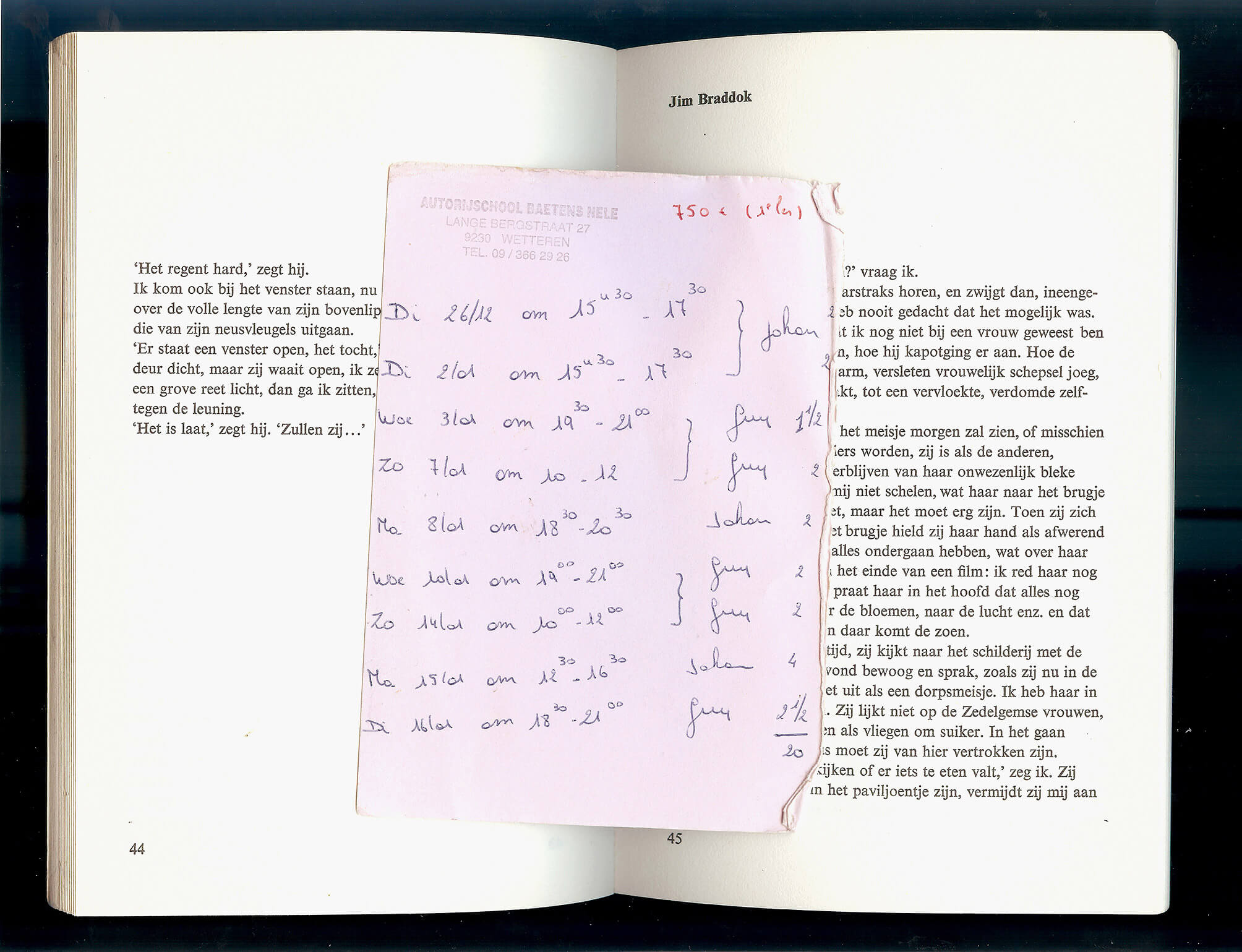
It has been snowing. A black BMW is parked on the other side of the street and is cut in half by the separation between negatives 4 and 5. Apart from a slight kink in the landscape, the negative on the right is a perfect continuation of the one on the left. The fence around the orchard, the branches of the apple tree and the power lines connect implicitly in the void between the negatives.
Based on De Cleene De Cleene, The Situation as it Is. A Photonovel in Three Movements (APE, 2022).

On a pile of fresh hospital sheets, near the radiator, the tangerine curtains and the black marble window sill (the window looks out over the parking lot), underneath the two-day-old bouquet of flowers and next to a pile of magazines with a handwritten note on top (about a syrup that relieves slime and tastes like oranges), lie two sheets of paper.
Earlier that day the physiotherapist had come by. Twice. Once in the morning and once in the afternoon. He had each time drawn the first line, as an example. A straight line in the morning, a curvy line in the afternoon.
With a ballpoint pen my grandfather, who is recovering from an accident, diligently copied the examples (31 in the morning, 5 in the afternoon).
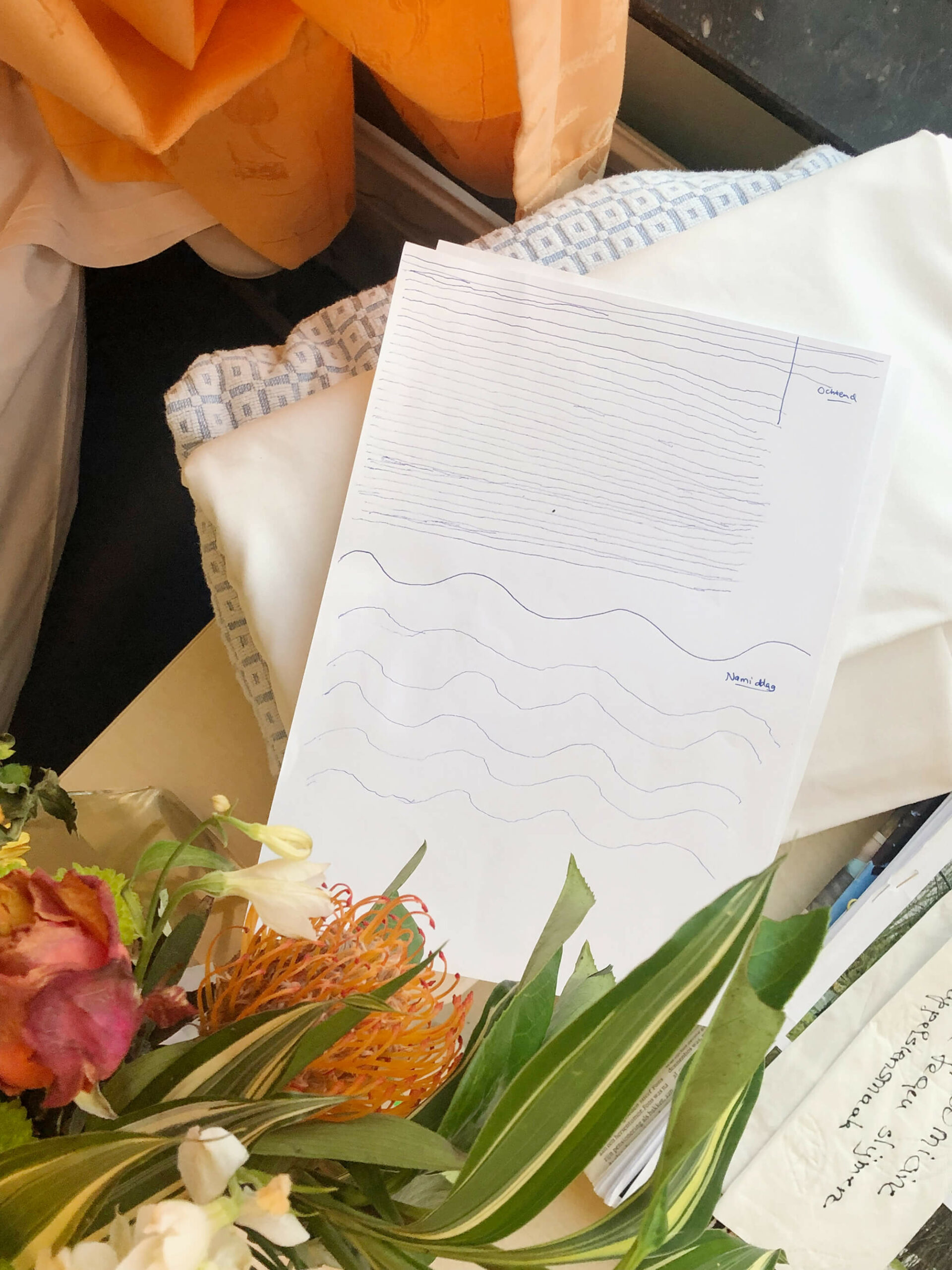
On May 23rd 2021, the planet Saturn appears to be stationary among the surrounding celestial bodies in the night sky.1 This is an attempt to capture this planetary standstill.2
A telescope is set up in a pasture, near a forest edge, pointed to the south-southeast morning sky.3
The standstill is de facto inexistent. It’s the moment when Saturn’s apparent prograde motion turns to a retrograde motion. Since Earth completes its orbit in a shorter period of time than the planets outside its orbit, it periodically overtakes them, like a faster car on a multi-lane highway. When this occurs, the planet being passed will first appear to stop its eastward drift, and then drift back toward the west.
In astrology, Saturn’s retrograde movement is generally a time of karmic rebalancing. Previous bad behavior could be punished. But hard work and responsibility could also be rewarded.
This is the third instalment of De Cleene De Cleene’s Public Observatory. Thanks to Volkssterrenwacht Mira, Grimbergen.
Briet, S. Qu’est-ce que la documentation? Paris: Edit, 1951.
Gittelman, L. Paper Knowledge. Toward a Media History of Documents. Durham/London: Duke University Press, 2014.
Oxford English Dictionary Online. Accessed on 13.05.2021.
‘Saturn Retrograde May 23, 2021 – Karmic Love’, Astrology King. Accessed on 15.05.2021.
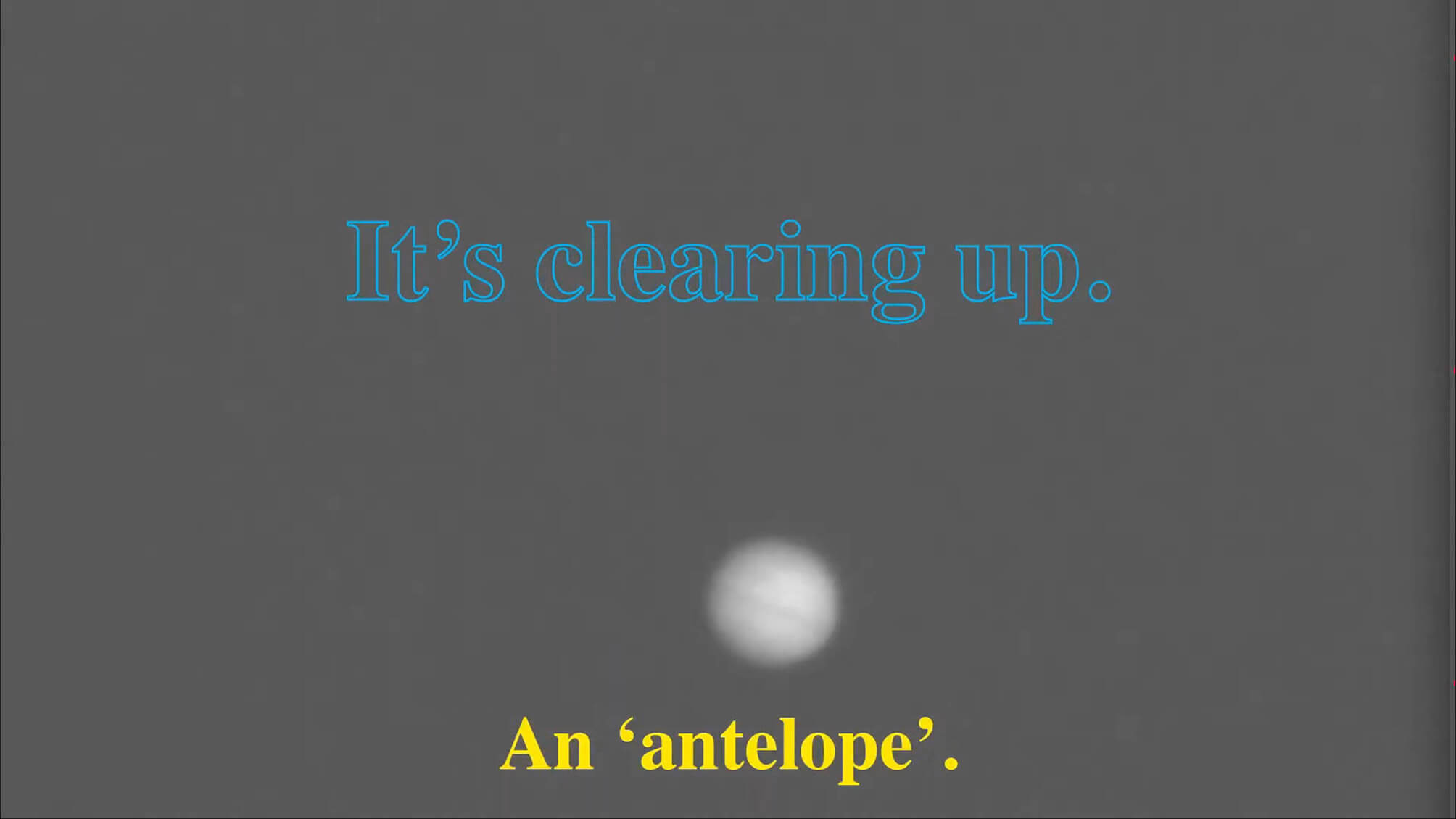
Conducting research into the effects on energy consumption of blockchain-based applications such as bitcoin, I was triggered by the fact that many of the facilities making blockchain-mining1 possible are located in Georgia. Low energy prices and a relaxed taxation policy are said to be among the reasons why companies such as Bitfury locate their plants there.
After a three-day hike in the Caucasus Mountains, on the Georgian side of the border with Chechnya, we are invited to pitch our tent in the garden of Murati, a local farmer in a small mountain village. We are overwhelmed by the scenery and Murati’s hospitality. Many of the villages, thrown on the mountain flanks, have tower-like structures of some twenty meters high, making them all look fortified. They have no windows or doors on the ground floor.2
Murati invites us into his house to drink warm milk with his family and brings us cheese-filled bread. One of us speaks Russian. He inspects our backpacks, headlights and drinking bags. He tells us a 500 kilogram pig of his did not return to the house that night. The family is saddened.
In the evening, we see him taking his granddaughter by the hand. They walk to the highest point of the gravel road in front of his house and together watch the last light of the day fall on the snow-covered triangular peak of one of the Caucasus’ highest mountains.
I’m mistrusting my memory and look the passage up in the journal we kept. The village is called Zagar. The mountain is Mount Tetnuldi. The granddaughter’s name is Anna.
When I click through to one of the websites promising information on Georgia’s blockchain economy, I happen to stumble on a dark web-related website and access is denied.3
‘Mining’ is what is being done when data – a transaction – has to be added to the blockchain (which, in itself, is the sum of all previous transactions, added to each other as data). To do this, computers have to solve a complex mathematical puzzle, which is crucial for the trustworthiness of the system, but for which loads of energy is needed. Criticism on the effects of blockchain-mining is growing, as it has a gruesome effect on resources. In 2018, Andrew North writes, Bitfury used 28 million kilowatt-hours of electricity per month, equalling the consumption of 120,000 Georgian households.



In summer, the roofing gets hot and soft. In winter, it gets cold, hard and brittle. None of the gates to the garages are open. It’s unsure whether the numerous texts and drawings – some dig deeper than others – have caused leakages.

When I grew up, my parents told me that the number of raisins in the local baker’s raisin bread attested to the result of the most recent soccer match of KAA Gent. A victory was celebrated by throwing more raisins into the dough than usual, a loaf following a painful loss was hardly a raisin bread at all.
The baker retired long ago. Today my two-year-old son picked out all the raisins from his slice of bread. KAA Gent’s last game was a tie against Union.

Ten years ago, in November, I drove up to Frisia – the northernmost province of The Netherlands. I was there to document the remains of air watchtowers: a network of 276 towers that were built in the fifties and sixties to warn the troops and population of possible aerial danger coming from the Soviet Union. It was very windy. The camera shook heavily. The poplars surrounding the concrete tower leaned heavily to one side.
I drove up to the seaside, a few kilometers farther. The wind was still strong when I reached the grassy dike that overlooked the kite-filled beach. I exposed the last piece of film left on the roll. Strong gusts of wind blew landwards.
Months later I didn’t bother to blow off the dust that had settled on the film before scanning it. A photograph without use, with low resolution, made for the sake of the archive’s completeness.
The dust on the film appears to be carried landwards, by the same gust of wind lifting the kites.
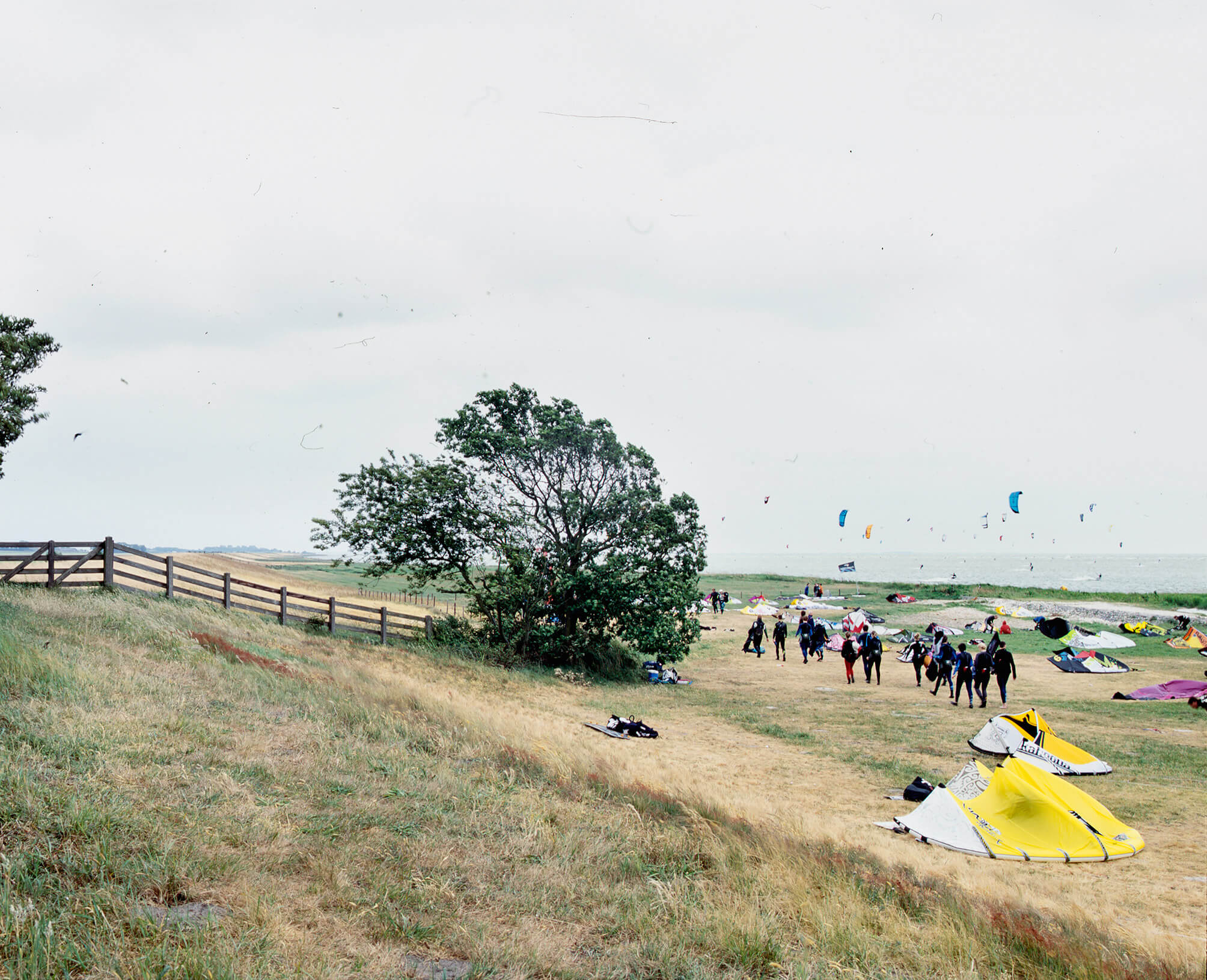
In his Handboek Varende Scheepsmodellen (Handbook Sailing Ship Models) André Veenstra explains the different classes in ship model-competitions. There’s a wide variety. For static ship models the most important one is ‘truth-to-nature’. A jury compares the model to photographs of the actual ship and brings into account categories such as amount of work, degree of difficulty, scale ratio, construction execution and painting.
The most interesting class – according to Veenstra – is F 6. In this particular class, a number of participants with different boats will form a team. Together, they will perform a certain ‘act’ with a maximum duration of ten minutes. During the act, they mimic a slice of reality. Such as, for example, ‘rescuing’ and towing a ship in distress; extinguishing a fire on a tanker or oil rig, lichen and/or tow the sunken wreckage to the harbor, stage a naval battle, etc.
Page 262 shows a photograph of such a mimicked slice of reality. The caption explains: ‘Image 14.15. The Dutch demonstration in the F 6 class during the European Championship of 1975: the oil rig is set on fire by a motorboat with terrorists. The fire is extinguished and the oil rig is quickly towed to a safe harbor by tugs. The show was performed by six people and took a very creditable fourth place.’

On a pile of fresh hospital sheets, near the radiator, the tangerine curtains and the black marble window sill (the window looks out over the parking lot), underneath the two-day-old bouquet of flowers and next to a pile of magazines with a handwritten note on top (about a syrup that relieves slime and tastes like oranges), lie two sheets of paper.
Earlier that day the physiotherapist had come by. Twice. Once in the morning and once in the afternoon. He had each time drawn the first line, as an example. A straight line in the morning, a curvy line in the afternoon.
With a ballpoint pen my grandfather, who is recovering from an accident, diligently copied the examples (31 in the morning, 5 in the afternoon).

According to @missbluesette, the green K-10 put up for sale by Fred from Zwolle that I came across on marktplaats.nl on 29 September 2022 is not green, but blue. The colour resembles turquoise, I explain, a colour I have always called green. No, turquoise is not green, but blue, she replies. And the texts of my Instagram posts are too long, she says, so she doesn’t read them.
Lars Kwakkenbos lives and works in Brussels and Ghent (B). He teaches at KASK & Conservatorium in Ghent, where he is currently working on the research project ‘On Instructing Photography’ (2023-2024), together with Michiel and Arnout De Cleene.
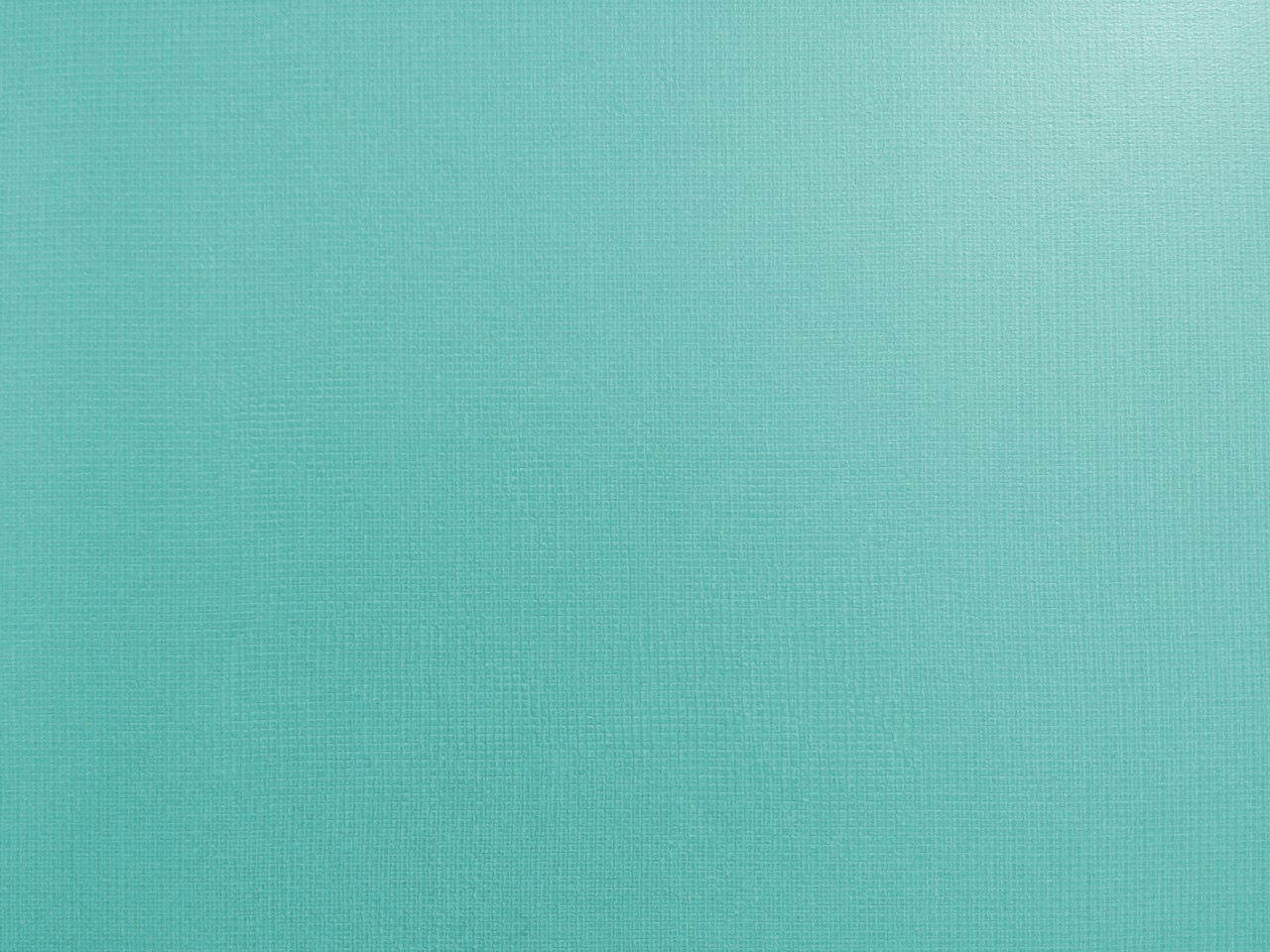
Conducting research into the effects on energy consumption of blockchain-based applications such as bitcoin, I was triggered by the fact that many of the facilities making blockchain-mining1 possible are located in Georgia. Low energy prices and a relaxed taxation policy are said to be among the reasons why companies such as Bitfury locate their plants there.
After a three-day hike in the Caucasus Mountains, on the Georgian side of the border with Chechnya, we are invited to pitch our tent in the garden of Murati, a local farmer in a small mountain village. We are overwhelmed by the scenery and Murati’s hospitality. Many of the villages, thrown on the mountain flanks, have tower-like structures of some twenty meters high, making them all look fortified. They have no windows or doors on the ground floor.2
Murati invites us into his house to drink warm milk with his family and brings us cheese-filled bread. One of us speaks Russian. He inspects our backpacks, headlights and drinking bags. He tells us a 500 kilogram pig of his did not return to the house that night. The family is saddened.
In the evening, we see him taking his granddaughter by the hand. They walk to the highest point of the gravel road in front of his house and together watch the last light of the day fall on the snow-covered triangular peak of one of the Caucasus’ highest mountains.
I’m mistrusting my memory and look the passage up in the journal we kept. The village is called Zagar. The mountain is Mount Tetnuldi. The granddaughter’s name is Anna.
When I click through to one of the websites promising information on Georgia’s blockchain economy, I happen to stumble on a dark web-related website and access is denied.3
‘Mining’ is what is being done when data – a transaction – has to be added to the blockchain (which, in itself, is the sum of all previous transactions, added to each other as data). To do this, computers have to solve a complex mathematical puzzle, which is crucial for the trustworthiness of the system, but for which loads of energy is needed. Criticism on the effects of blockchain-mining is growing, as it has a gruesome effect on resources. In 2018, Andrew North writes, Bitfury used 28 million kilowatt-hours of electricity per month, equalling the consumption of 120,000 Georgian households.



Each night a plethora of amateur-astronomers gazes into the sky. Their instruments and locations are often inferior to the means available to professionals. Yet, what they lack in terms of technology and location, darkness and mirror surface, they make up for in the collectivity of their observations. They are patient observers, spread around the globe, not bound to the strict schedules and limited availability of the large telescopes in the Atacama Desert.
When amateur astronomy became fashionable, it led to a surge of information stemming from a large group of distinct observers: seafarers, physicians, typists, masons. Theirs were valuable data, but if they were to be put to scientific use, they needed to be standardised. How to overcome the subjective element inherent in every empirical observation? The amateurs had to be instructed to recognize patterns, by means of visual examples. They had to be trained to use the right terms to describe their observations. They had to turn chaos into order. Recognize what they were looking at. A nebula. A red giant. Neptune’s faint blue-greenish colour resembling the flame of the gas stove.
Hueso, R. e.a., ‘Neptune long-lived atmospheric features in 2013-2015 from small (28-cm) to large (10-m) telescopes’, Icarus, 295, 2017, 89-109.
Lorenz, R.D. e.a. ‘Backyard spectroscopy and photometry of Titan, Uranus and Neptune’, Planetary and Space Science, 51, 2003, 113-125.
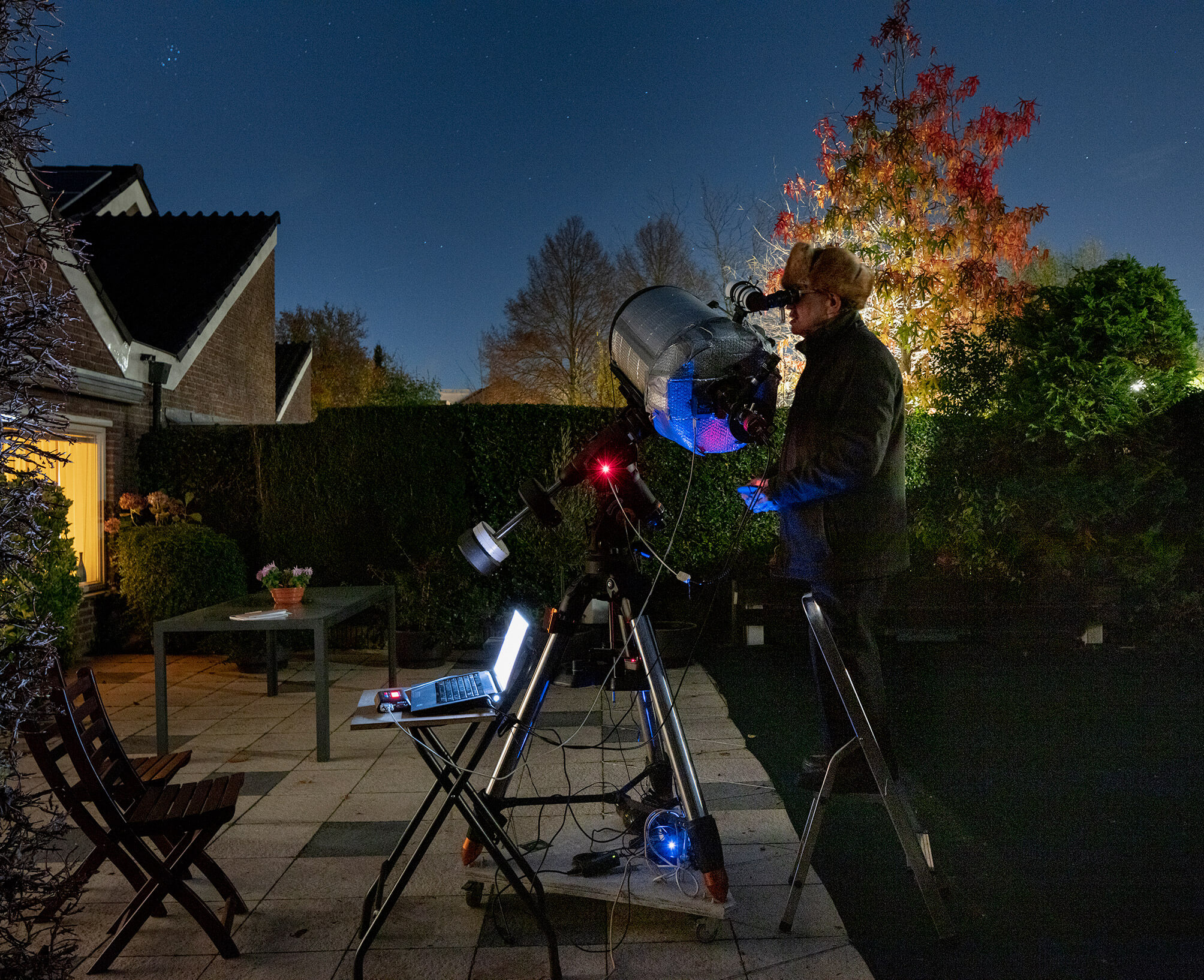
The building is almost finished. One apartment is still up for sale, on the top floor. The contractor is finishing up. There’s a long list of comments and deficiencies that need to be addressed before the building can be handed over definitively to the owner. The elevator’s walls are protected by styrofoam to prevent squares, levels, measures, drills, air compressors, chairs, bird cages, etc. from making scratches on the brand new wooden panelling.
In 1932 Brassaï began taking photographs of graffiti scratched into walls of Parisian buildings. On his long walks he was often accompanied by the author Raymond Queneau, who lived in the same building but on a different floor. Brassaï published a small collection of the photographs in Minotaure, illustrating an article titled ‘Du mur des cavernes au mur d’usine’ [‘From cave wall to factory wall’].
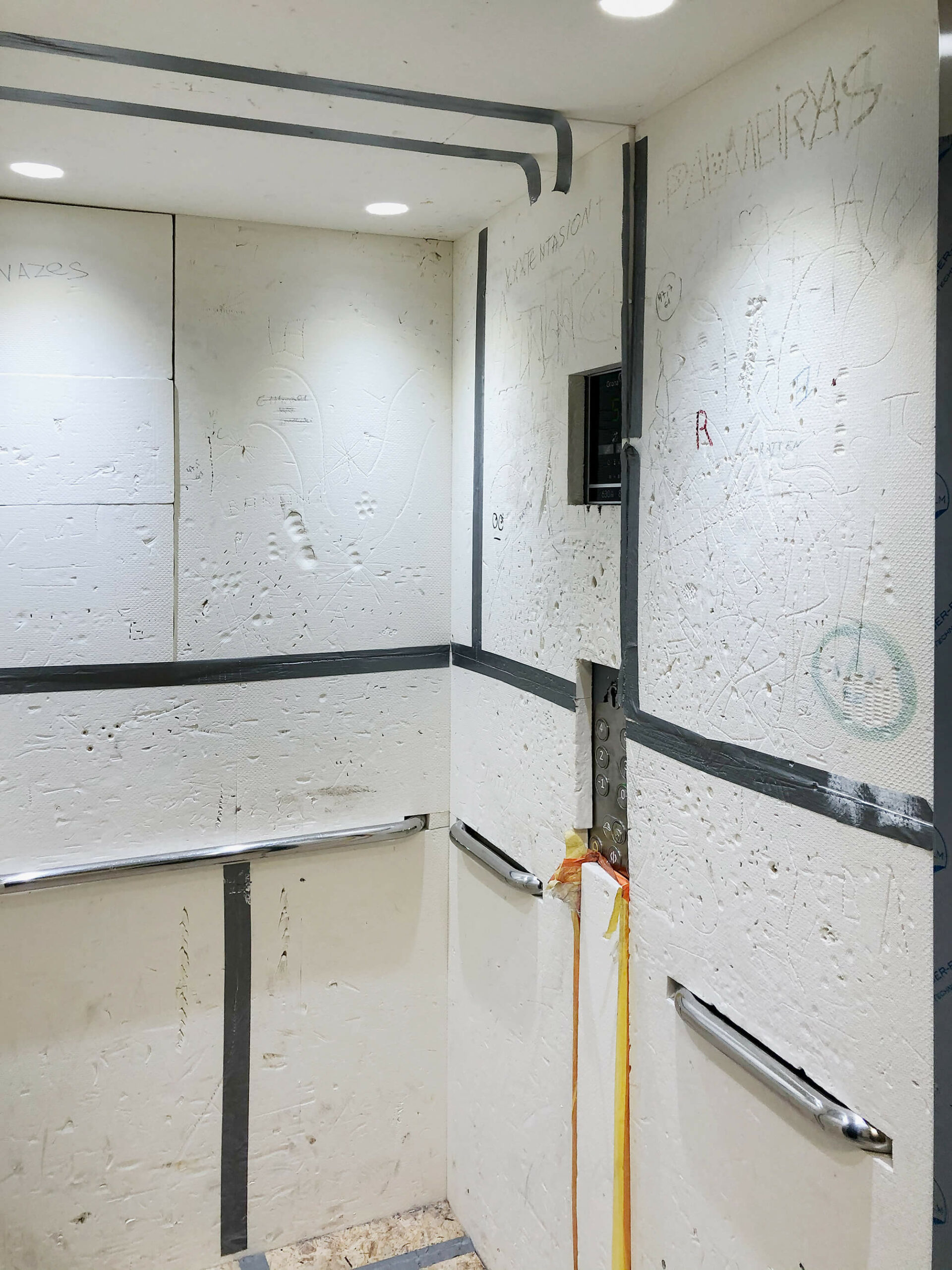
‘Because there is a kind of technological beauty to it.’
[…]
‘Yes, a perfect combination of the analogous on the one hand, and a kind of state of the art-futuristic cool on the other hand. It was elegant (unlike audio-cassettes), you could see the disc upon which your music was written (unlike the unfathomable MP3), it was less fragile than a CD(-R), and conveniently sized (you could hold it in the palm of your hand, slip it into your pocket). It had a kind of Mission Impossible-esque gadget feel to it. It had the aura of being permanently ahead of its time, but not in a far-fetched sci-fi kind of way. It was real.’
[…]
‘You mean the clicks. Yes, it had a sound of its own. A pleasant sound – the hard plastic hitting the hard plastic sleeve. The slidable, uhm, metal thing. The small read/write handle at the side. The small disc that was just a little bit loose. It – without being played – looked, felt and sounded like, like data, yes, like palpable data.’
[…]
‘Not any more.’
[…]
‘My uncle’s Elvis Costello This Year’s Model LP with way too little bass-sounds. Watching the detectives, to be precise.’

The Authenticity bunkered crude fuel in the Panama Bay. She navigated back and forth between the artificial island Isla Melones and ships leaving or waiting to enter the Panama Canal. On February 14th 2015 she had been moored for a couple of days near the Centennial bridge when the AIS-transponder momentarily signalled the ship’s position in the woods of the Bosque Protector de Arraiján. Afterwards no signal of the ship was received for 41 days, until she reappeared near the port of Bahia Las Minas, at the other side of the Panama Canal.
First published in: De Cleene, M. Reference Guide. Amsterdam: Roma Publications, 2019
Marine Traffic, Authenticity (Caribe Trader, PA), latest position, 09°01’40,71” N 79°38’18,59”W, viewed 14.02.2015, http://www.marinetraffic.com
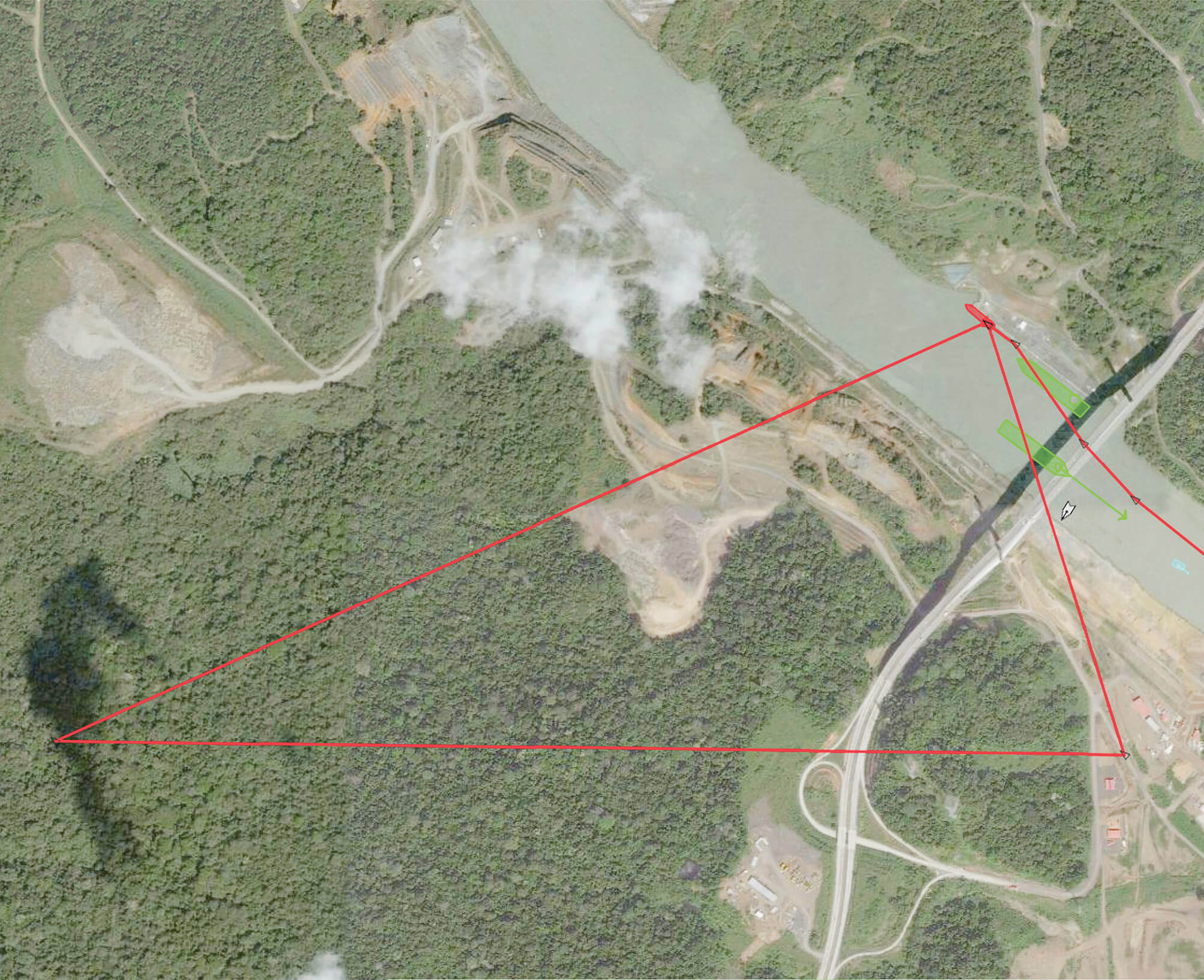
Today I brought an old bedspring, the styrofoam the air-humidifier came in, a few bags of sawdust and some scrap pieces of plywood to the municipal recycling center. As I was waiting to mount the stairs to the scrap metal container, a gray-haired man wearing blue leather shoes, dark jeans and a checkered shirt was tipping – with relative ease – a weight bench over the edge of the container.
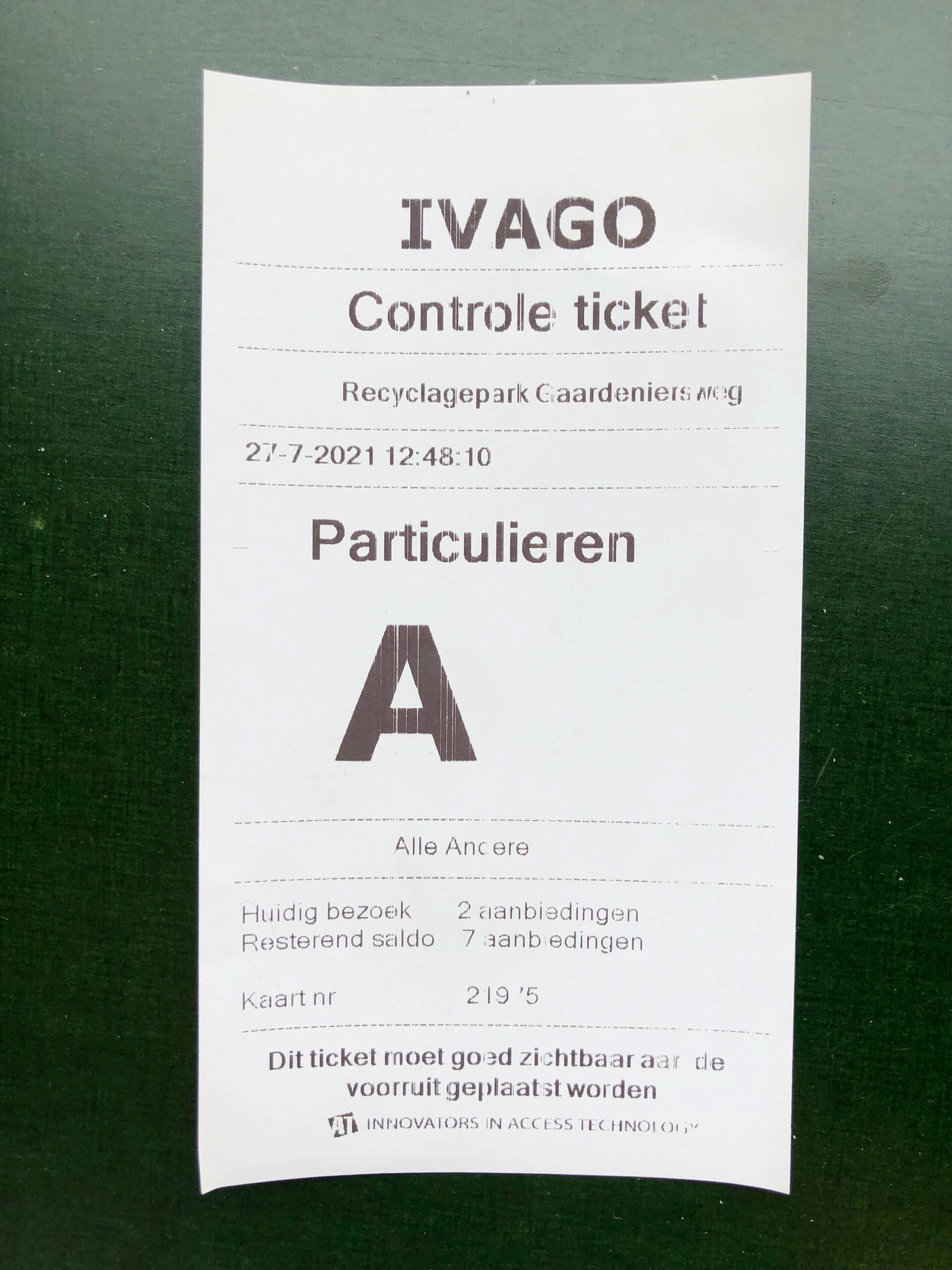
While calibrating their telescopes, or dealing with unforeseen, cloudy weather, amateur astronomers tend to trade the far for the not-so-far, and point their telescopes at their immediate surroundings.
Excerpt from Towards Civil Dusk (De Cleene De Cleene, 2020)

Yesterday I had my shoulder checked by a radiologist. He took an ultrasound and saw some minor inflammation of my right subscapularis. After giving me some advice – ‘we could give you a shot of cortisone in the shoulder. It would relieve you from your pain for six weeks and then, without proper exercise, you’d be back where you are now’– he walked towards the door. ‘I propose you do this exercise thirty times, three times a day.’ The radiologists put his right hand on the doorframe, his arm stretched, the weight of his body on it and then leaned forward and back again, while keeping his arm stretched. ‘This will increase the muscles around the sore subscapularis. It will take months.’ After giving me his advice, he sent me back into the dressing room. I put my shirt back on and went into the waiting room. The nurse called out my name, charged me 14,00 EUR and gave me a card. ‘This code will allow you to look at the images of the ultrasound at home’, she said.
Today I entered the code and password and – instead of my shoulder – found the röntgen-images of someone else’s broken heel.

Depending on the perspective one chooses to look at the address, the house is adorned or not. The perspective from the main road is an image made in August 2020, the website (Google Maps) says. Our car is in front of the garage. It must be the end of August. We drive home from the hospital with the newborn, who doesn’t stop crying. Maybe I tightened the belts in the car seat too much. Arriving at our house, we see the slogans and decorations friends have hung at our front door. On the sill of the neighbour’s first floor window, there’s a brick that must have fallen from the second floor facade.

On March 23th 2015, a high pressure system above Panama Bay blew strong winds landwards. At the Gatun locks, one of the webcams overlooking the Canal neglected the traffic and briefly captured its own images. The ship’s presumed passage through the Gatun locks wasn’t recorded by this camera and the AIS-transponder did not save any data of the ship’s transit from the Pacific to the Atlantic side of the canal: the Authenticity managed to swap oceans undetected.
On February 16th 2016, the transponder still signals the ship near the port of Bahia Las Minas. The current is calm, the ship has been practically immobile for a year.
First published in: De Cleene, M. Reference Guide. Amsterdam: Roma Publications, 2019
Webcam Gatun Locks, Panama Canal, http://www.pancanal.com
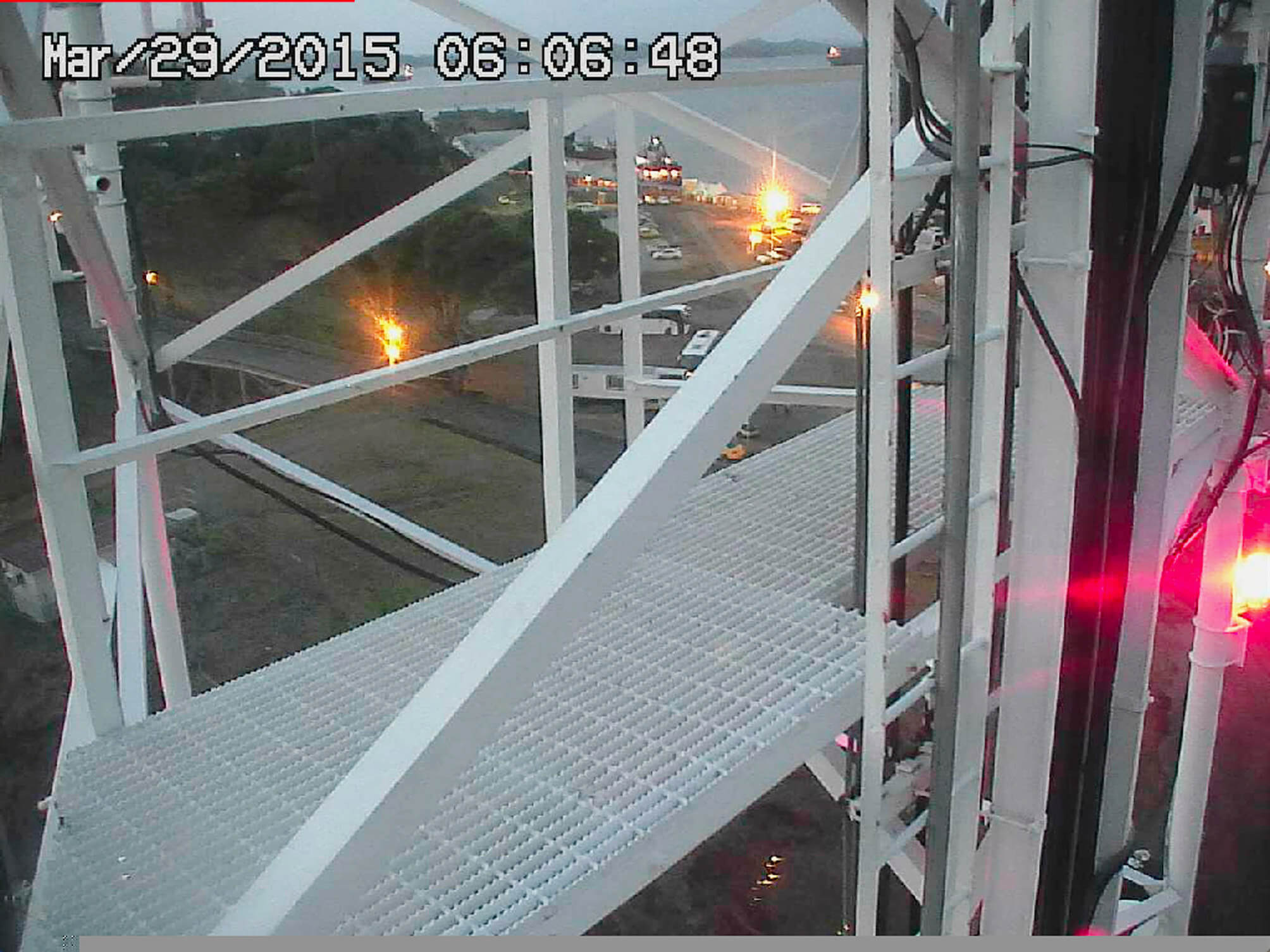
On a morning sometime in January 2022 at the dinner table, after a cozy sleepover, she took a deep sigh full of relief and cracked a charismatic smile while looking at the festive breakfast that was in front of us, saying how she felt. Alone in a park I wrote in my notes: ‘Spoiled & Blessed’. Half a year later I was going through my purse, dehoarding some stuff I gathered in the past weeks. I stumbled upon an old receipt from the laundromat. It had a drawing on it that I drew some time ago, when we were having drinks to round up an exhausting project that took way too much time and energy. After putting the receipt back in my purse, I returned to my work to finish some stuff. Back at my computer I emailed myself: ‘don’t forget to plant sunflower seeds’.
Tjobo Kho is a graphic designer and publisher based in Amsterdam. Since 2017 part of the floating collective and publishing platform OUTLINE, and recently started his own publishing house no kiss?.

I bought my son a gift while abroad: a toy turtle named Essie whose perforated shield projects stars onto the ceiling in blue, green or amber. ‘8 actual star constellations’, the box proclaims.
The manual explains how to power up the turtle and what the four buttons on Essie’s back do. The small document (recto: Chinese, verso: English) concludes with some ‘Words from Little Turtle ESSIE’. In it the turtle shifts from direct speech to illeism1 and back.
The act of referring to oneself in the third instead of first person.

Most mornings I eat three slices of bread. I stack them. Between the highest slice and the one in the middle I put a slice of cheese (young Gouda). I put the whole in the microwave1 for 1 minute and 50 seconds. The result is what I like to call a smelteram2.
On the morning of my thirty-second birthday the plate broke in half during heating.
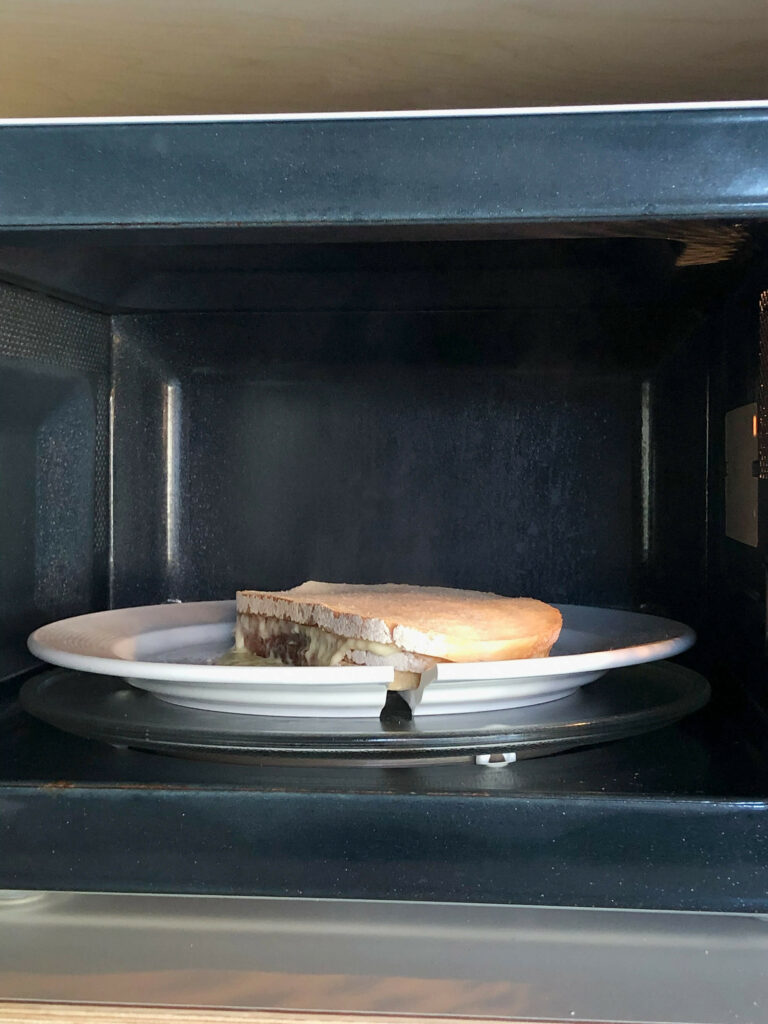
A contraction of smelten (Dutch for melting) and boterham (Dutch for a slice of bread).
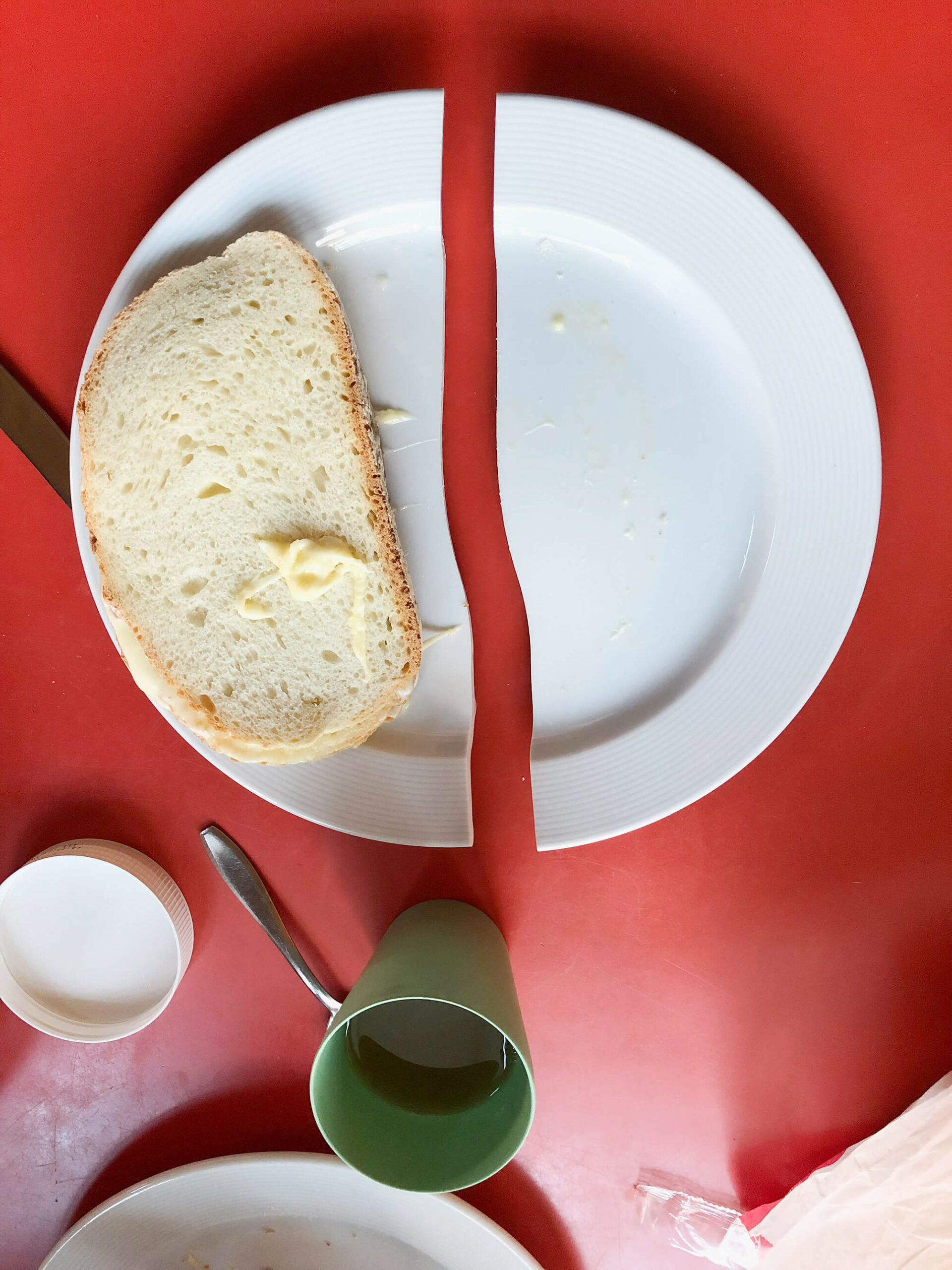
The orthopaedic surgeon left early that morning for his shift at the hospital some twenty kilometres away. It must have been around the time Neptune was at its highest, invisible in the morning sky.
When he got back later that day, we attached a tow cable to the front of my car and the back of his.


The Bahrain Formula 1 Grand Prix takes place every year since the track’s inauguration in 2004 – except for 2011 when the race was cancelled due to protests in the wake of the Arab Spring. To prevent sand from covering the track and entering the air-ducts and engines, the sand near the track is sprayed with an adhesive to keep it from blowing around.
The cloud of sand in the picture (made near Avenue 61 on an artificial island close to Seef) was made by kicking it into the frame while M.R. and M.D.C. had to stop and wait for a truck that was being towed after the driver lost control over the vehicle and flipped it onto its side. Days earlier M.D.C. had tried to make a photograph of the F1-track, but couldn’t get close enough to make a decent picture.
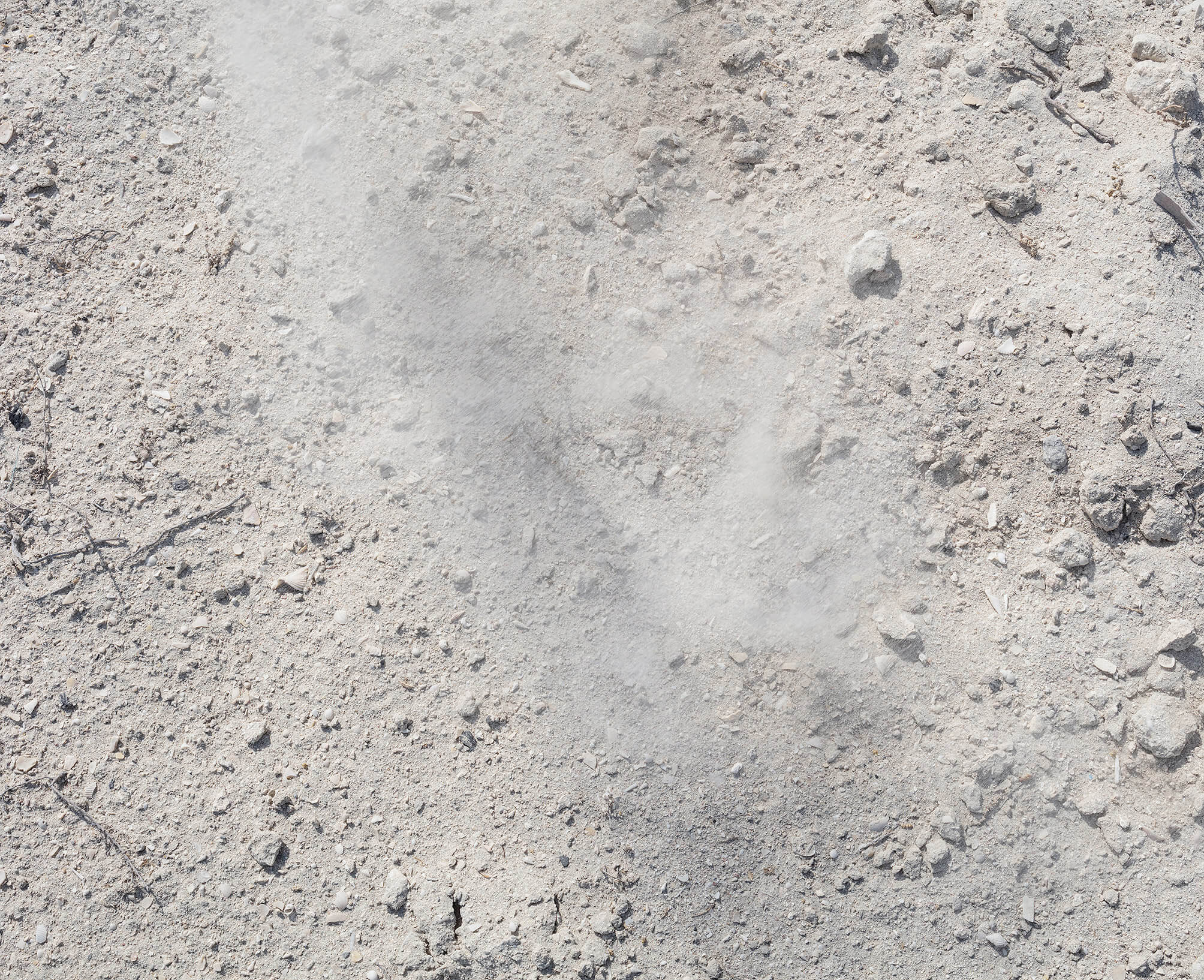
The paths in the valley of the Bayehon are covered with ice. We are making our way down towards the valley of the Ghâster. The temperature is minus 15 degrees Celsius. The water in our drinking bottles is frozen. We are betting on the shelter indicated on the map (Au Pied des Fagnes, Carte De Promenades, 1:25.000, Institut Geographique National) to pitch our tent. There is almost no wind, but every breath of air feels like we’re being hit with a thousand needles. What the map indicates as a shelter appears to be a picnic table.
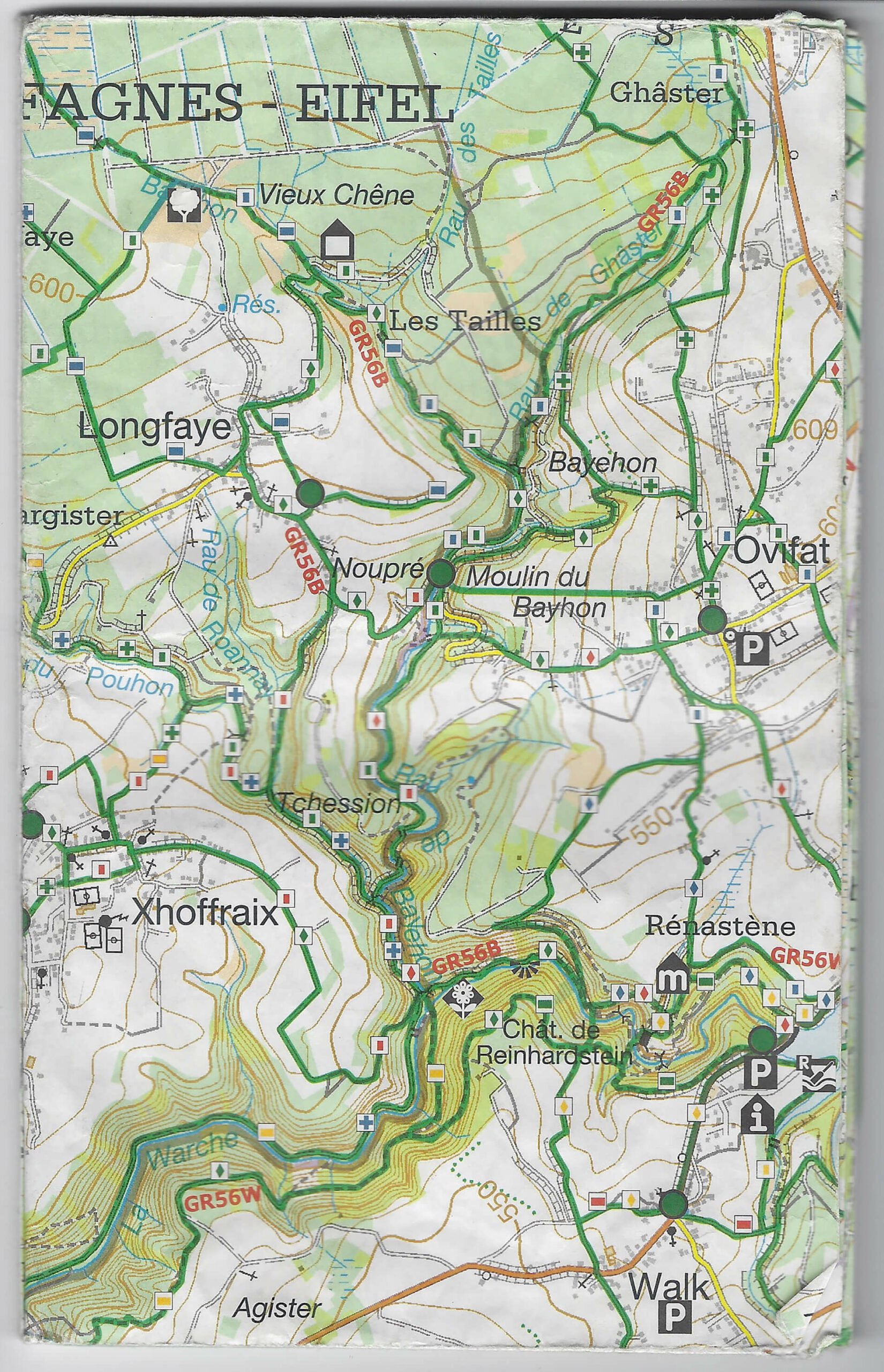
In between two cities along the Belgian coast, water has run from the dunes (and the Second World War Heritage site scattered among them), underneath the coastal road and tram rails, to the beach. It has formed a small S-shaped estuary, bound to disappear due to the increasingly harsh wind coming from the coast of Britain, blowing North-easterly, and hammering down on the levee. The vibrations of the empty Ostend-bound tram passing just before the photograph was taken, had no visible impact on the estuary.

Because an acquaintance of the family was a missionary, the postage stamp collection had a large quantity of stamps from the Philippines. You had to boil water, hold the empty envelope above it, wait until the glue and the missionary’s saliva loosened and evaporated, and then gently peel off the stamp. Then, it was put on a piece of pink blotting paper. Once dry, the stamp was slid into a tailor-made booklet.
Between a Horta building’s facade and King Baudouin’s portrait, there are exotic fish, religious scenes, butterflies, and advertisements for NGOs.
Mango is the Philippines’ national fruit. Pope John Paul II visited it in 1995. There was a guerrilla unit in Northwest Pampanga during WWII.

The river swells and eventually overflows, causing the death of six people and extensive damage: washed away bridges, damaged homes, submerged factories, destroyed food stocks, heavily eroded roads and paths.
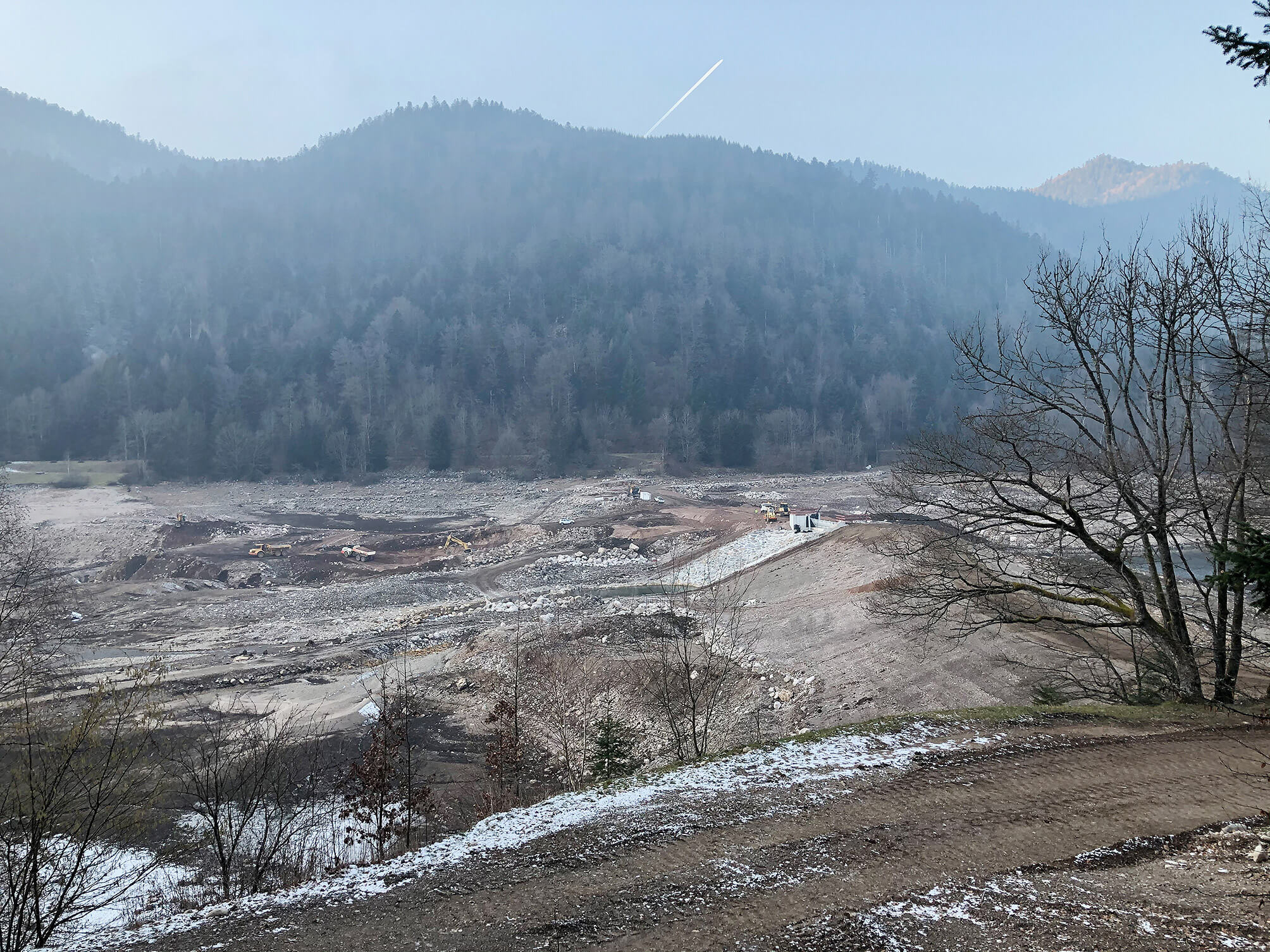
Each night a plethora of amateur-astronomers gazes into the sky. Their instruments and locations are often inferior to the means available to professionals. Yet, what they lack in terms of technology and location, darkness and mirror surface, they make up for in the collectivity of their observations. They are patient observers, spread around the globe, not bound to the strict schedules and limited availability of the large telescopes in the Atacama Desert.
When amateur astronomy became fashionable, it led to a surge of information stemming from a large group of distinct observers: seafarers, physicians, typists, masons. Theirs were valuable data, but if they were to be put to scientific use, they needed to be standardised. How to overcome the subjective element inherent in every empirical observation? The amateurs had to be instructed to recognize patterns, by means of visual examples. They had to be trained to use the right terms to describe their observations. They had to turn chaos into order. Recognize what they were looking at. A nebula. A red giant. Neptune’s faint blue-greenish colour resembling the flame of the gas stove.
Hueso, R. e.a., ‘Neptune long-lived atmospheric features in 2013-2015 from small (28-cm) to large (10-m) telescopes’, Icarus, 295, 2017, 89-109.
Lorenz, R.D. e.a. ‘Backyard spectroscopy and photometry of Titan, Uranus and Neptune’, Planetary and Space Science, 51, 2003, 113-125.

When the juneberry (Amelanchier Lamarckii) flowers, the beekeeper knows it’s time to add a first honey super to the hive. Winter’s over and worker-foraging bees will fly out and come back with their stomachs full of nectar. To avoid larvae in the honey, the beekeeper will place a grid – the so-called queen excluder – between the main compartment of the hive and the honey super.
